30 Best Architecture and Design Firms in Chile
These annual rankings were last updated on August 9th, 2024. Want to see your firm on next year’s list? Continue reading for more on how you can improve your studio’s ranking.
A vast yet narrow topography and a booming design community, Chile continues to gain recognition for its architectural achievements and innovative experimentations of space. Nestled between the Andes Mountains and the Pacific Ocean, the varying landscape — deserts, coastlines and mountainscapes — has led to interesting design variations and organizations. On the other hand, as a nation prone to seismic activity, Chile has experienced its fair share of natural disasters, leading to significant advances in earthquake-resistant structures.
Historically, a country’s notable moment was the end of the Pinochet regime that led to a boom in architecture schools and a broader curriculum. From Pritzker Prize-winning Alejandro Aravena to Cecilia Puga, an impressive cohort of Chilean architects has taken center stage in the international design community, and many new studios are on the rise, setting the bar high for continual national architectural feats.
With so many architecture firms to choose from, it’s challenging for clients to identify the industry leaders that will be an ideal fit for their project needs. Fortunately, Architizer is able to provide guidance on the top design firms in Chile based on more than a decade of data and industry knowledge.
How are these architecture firms ranked?
The following ranking has been created according to key statistics that demonstrate each firm’s level of architectural excellence. The following metrics have been accumulated to establish each architecture firm’s ranking, in order of priority:
- The number of A+Awards won (2013 to 2024)
- The number of A+Awards finalists (2013 to 2024)
- The number of projects selected as “Project of the Day” (2009 to 2024)
- The number of projects selected as “Featured Project” (2009 to 2024)
- The number of projects uploaded to Architizer (2009 to 2024)
Each of these metrics is explained in more detail at the foot of this article. This ranking list will be updated annually, taking into account new achievements of Chile architecture firms throughout the year.
Without further ado, here are the 30 best architecture firms in Chile:
30. Duque Motta & AA

© FG+SG | Fotografia de Arquitectura
WE ARE an architectural practice based in Santiago de Chile, founded in 2004 by Rodrigo Duque Motta, first as RDM architecture. Our work seeks to build value based on a methodology focused on customer needs and collaborative work; intensively using design as a tool for improvement that multiplies the possibilities; with sensitivity and respect for the physical, cultural and environmental context; and a focus on the definition of identity and construction of human experience.
Some of Duque Motta & AA’s most prominent projects include:
- Economics and Business Faculty, Diego Portales University, Santiago, Chile
The following statistics helped Duque Motta & AA achieve 30th place in the 30 Best Architecture Firms in Chile:
| A+Awards Finalist | 1 |
| Featured Projects | 2 |
| Total Projects | 1 |
29. Cristián Axl Valdés

© Leo Basoalto
mutarestudio | Cristin Axl Valds is an architecture office located in the Central Valley of Chile. Our work covers the fields of architecture, urban design and landscape.
Our work has been widely published in the media in France, Argentina, Germany, Croatia, Romania, the Netherlands, and others; and has been exhibited in various places, such as the XVIII Biennial of Architecture and Territory of Chile, the XXI Pan American Architecture Biennial of Quito, Ecuador, the XIII Architecture Biennial of Bolivia, where we obtain the prize for best international work, and Madrid, Spain. We were selected among the fourteen emerging Latin American offices to be part of the 2019 Latin American Architecture Biennial to be held in Spain.
Some of Cristián Axl Valdés’s most prominent projects include:
- House on the Top, Curanipe, Chile
The following statistics helped Cristián Axl Valdés achieve 29th place in the 30 Best Architecture Firms in Chile:
| Featured Projects | 2 |
| Total Projects | 1 |
28. Pablo Larroulet | LARROU_Arq

© Pablo Larroulet | LARROU_Arq
Chilean architect graduated in 2010 from the Universidad del Desarrollo, Chile with studies in Polytechnic of Milan, Italy and Master of Architecture, Design and Innovation at MArch, Valencia. From 2015 to 2019 he worked in Sydney at Villa + Villa Architects. In 2020, he moved to Valencia, Spain, were he worked at Fran Silvestre Arquitectos where he specialized in the development of residential, hospitality and interior design projects.
He is currently living in Chile, where he is developing projects in different parts of the country, mainly in the Magallanes Region, collaborating with various architectural and construction offices.
Some of Pablo Larroulet | LARROU_Arq’s most prominent projects include:
- AKA Patagonia, Puerto Natales, Chile
The following statistics helped Pablo Larroulet | LARROU_Arq achieve 28th place in the 30 Best Architecture Firms in Chile:
| Featured Projects | 2 |
| Total Projects | 1 |
27. Estudio Base Arquitectos

© Estudio Base Arquitectos
Our work is based on adding value to architecture, through a methodology based on the client’s needs and collaborative work. Design as the main tool to solve problems; Considering that conditions change constantly and the use of technology is increasing, our office has developed a way of working that allows us to carry out projects from idea to execution in a comprehensive manner; with sensitivity and respect for the geographical, cultural and environmental context. This is what we are passionate about and motivates us day by day in each project.
Some of Estudio Base Arquitectos’ most prominent projects include:
- House in Puertecillo , O’Higgins, Chile
- Patagonia Complex, Patagonia
The following statistics helped Estudio Base Arquitectos achieve 27th place in the 30 Best Architecture Firms in Chile:
| Featured Projects | 2 |
| Total Projects | 2 |
26. Tidy Architects

© Tidy Architects
Albert Tidy Architects is an architecture office based in Santiago, Chile. We define our work as an exploration of architecture and design as plastic phenomenoma. Our search centers in the reduction of perceptible constructive complexities, to try to shorten the distance between the original idea and the complete building. This process is taken through a wide spectrum of scales, from object design, furniture design and architecture in a variety of scales.
Some of Tidy Architects’ most prominent projects include:
- Martínez House, Maipo, Chile
- Chovar House, Las Condes, Chile
The following statistics helped Tidy Architects achieve 26th place in the 30 Best Architecture Firms in Chile:
| Featured Projects | 2 |
| Total Projects | 2 |
25. Alex Plana Arquitecto

© Alex Plana Arquitecto
Alex Plana Arquitecto is an architecture firm based in Chile, working mainly on residential projects.
Some of Alex Plana Arquitecto’s most prominent projects include:
The following statistics helped Alex Plana Arquitecto achieve 25th place in the 30 Best Architecture Firms in Chile:
| Featured Projects | 2 |
| Total Projects | 2 |
24. Elton + Léniz Arquitectos Asociados

© Elton + Léniz Arquitectos Asociados
Since 1993, the elton_léniz office has carried out a wide spectrum of requests independently, along with a varied list of associated collaborators in which there are included artists, architects and designers. This diversity and versatility in the designing capacity on different levels and topics has been developed as one of the main features of this office.
Within the projects developed there are objects and furniture, mounting of exhibitions, commercial spaces, interior design, single-family and collective dwellings, art galleries, offices and residence buildings, urban development, educational spaces and more.
The partners are architects Mirene Elton and Mauricio Léniz. They have carried out numerous presentations and conferences at the Universidad Católica de Chile, Universidad Federico Santa María, Universidad del Desarrollo, Universidad Diego Portales, London University, XV Architecture Biennal in Santiago de Chile, among others.
A constant collaborator in the elton_léniz office is photographer Natalia Vial. A considerable part of the photographic record of the office work is of her own.
Some of Elton + Léniz Arquitectos Asociados’ most prominent projects include:
- Casa El Pangue
- Ranco House, Lago Ranco, Chile
The following statistics helped Elton + Léniz Arquitectos Asociados achieve 24th place in the 30 Best Architecture Firms in Chile:
| Featured Projects | 2 |
| Total Projects | 2 |
23. Etcheberrigaray – Matuschka Arquitectos

© Etcheberrigaray - Matuschka Arquitectos
Etcheberrigaray – Matuschka Arquitectos is an architecture firm based in Chile. Their projects deal mainly with residential challenges.
Some of Etcheberrigaray – Matuschka Arquitectos’ most prominent projects include:
- Pangal Refuge, Casablanca, Chile
- Casa Donoso Smith, Santiago Province, Chile
The following statistics helped Etcheberrigaray - Matuschka Arquitectos achieve 23rd place in the 30 Best Architecture Firms in Chile:
| Featured Projects | 2 |
| Total Projects | 2 |
22. Felipe Assadi + Francisca Pulido Arquitectos

© Fernando Alda
Felipe Assadi is an architect from the Finis Terrae University and a master in Architecture from the Pontifical Catholic University of Chile. In 1999 he received the Youth Promotion Award from the College of Architects of Chile, awarded to the best architect in the country under 35 years of age. He has been a professor at several Chilean and other foreign universities, in Mexico, Brazil, Italy, Colombia and the United States. Since 2011, he has served as Dean of the Faculty of Architecture and Design of the Finis Terrae University. He has been invited to give lectures in Venezuela, Peru, Mexico, Puerto Rico, Costa Rica, Argentina, the United States, Italy and Spain. His work has been published in several countries, in magazines such as Wallpaper and Architectural Review, in London; Arquitectura Viva and AV Monografías, in Madrid; Architectural Record, in New York; GA, in Tokyo; Domus and Casabella, in Italy, among others; as well as in specialized books around the world. He has participated in exhibitions in Chicago, Barcelona, Pamplona, London, Quito, Tokyo, Venice and Santiago. His work has been developed in Chile, Argentina, Uruguay, Mexico, Guatemala, Peru, Puerto Rico, Venezuela, the United States, and Ecuador.
Some of Felipe Assadi + Francisca Pulido Arquitectos’ most prominent projects include:
- Awasi Patagonia Hotel, Torres del Paine, Chile
- Pabellón de Cuatro Usos, Los Vilos, Chile
The following statistics helped Felipe Assadi + Francisca Pulido Arquitectos achieve 22nd place in the 30 Best Architecture Firms in Chile:
| Featured Projects | 2 |
| Total Projects | 2 |
21. COMUNarquitectos

© COMUNarquitectos
COMUNarquitectos is a firm created in 2010 in Tokyo, Japan with the idea of make architecture mainly for the community. We, its founders think that architecture is a social-design issue and our goal is designing for and by people without neglecting art. Now we are in our mother land, Chile sharing all that we learned.
Some of COMUNarquitectos’ most prominent projects include:
- Municipal Sports Pavilion – Calera de Tango, Calera de Tango, Chile
- MJ House, Melipilla, Chile
- LONQUÉN SCHOOL GIMNASIUM, Calera de Tango, Chile
The following statistics helped COMUNarquitectos achieve 21st place in the 30 Best Architecture Firms in Chile:
| Featured Projects | 2 |
| Total Projects | 3 |
20. DX Arquitectos

© DX Arquitectos
We are a professional support that promotes individual and collective undertakings for the development of a conscious and consistent architecture.
We work as a network, with passion and commitment, generating proposals that fully resolve the uniqueness of each project.
Some of DX Arquitectos’ most prominent projects include:
- Rabanua House , Santiago, Chile
- AYC, Santiago, Chile
- Acrobatic Arts Center, Santiago, Chile
The following statistics helped DX Arquitectos achieve 20th place in the 30 Best Architecture Firms in Chile:
| Featured Projects | 2 |
| Total Projects | 3 |
19. Masfernandez Arquitectos

© Nico Saieh
Our office seeks to develop projects that are inserted into its environment, adding real value to their owners and users, with a contemporary architectural language. Since we left 26 years ago, we have combined the traditional work of the architecture firm, the use of new technologies and constructive innovations to design memorable buildings and houses. Our team mixes multiple talents who work together with our clients in achieving strategic and creative designs that put people at the center and improve their environments.
Some of Masfernandez Arquitectos’ most prominent projects include:
- Tunquen House, Algarrobo, Chile
- Maitencillo House, Puchuncaví, Chile
- “Los Bosques” House, Santiago, Chile
The following statistics helped Masfernandez Arquitectos achieve 19th place in the 30 Best Architecture Firms in Chile:
| Featured Projects | 2 |
| Total Projects | 3 |
18. Alejandro Soffia

© Alejandro Soffia
Alejandro Soffia Arquitecto is an architect based in Santiago, Chile. He focuses on material optimization and prefabrication, as a way to improve buildings impact on the environment, and give access to good design, to a wider range of population. Projects have been done in different scales and destinations, but they have been focused on materials, techniques and details.
Some of Alejandro Soffia’s most prominent projects include:
- SIP Panel House, Santo Domingo, Chile
- SAWHORSE HOUSE, Santiago, Chile
- HOSTAL RITOQUE, Quintero, Chile
- Sawhorse House, La Reina, Chile
The following statistics helped Alejandro Soffia achieve 18th place in the 30 Best Architecture Firms in Chile:
| Featured Projects | 2 |
| Total Projects | 4 |
17. Gonzalo Iturriaga Arquitectos

© Pablo Casals Aguirre
The project exercise of the office is based on establishing a broad and reflective view around the multiple variables that each assignment presents. Under this perspective, each project is proposed as a particular formal and spatial investigation, on the program, the place, the material and the requirements of the client. Solving in this exercise, a project that seeks to respond to the imperative needs of the assignment, but advancing in the project practice of the office.
Some of Gonzalo Iturriaga Arquitectos’ most prominent projects include:
- PROINGAS, Santiago, Chile
- REFUGE FOR A MOUNTAINEER, San Esteban, Chile
- CASA ARCA, La Reina, Chile
- EL MONTAÑES, Chile
The following statistics helped Gonzalo Iturriaga Arquitectos achieve 17th place in the 30 Best Architecture Firms in Chile:
| Featured Projects | 2 |
| Total Projects | 4 |
16. REPUBLICA PORTATIL

© REPUBLICA PORTATIL
Activism, art and architecture. República Portátil (Portable Republic, in English) is a creative company formed by architects and designers along with the cinematographic production agency Terkofilms.
Some of REPUBLICA PORTATIL ‘s most prominent projects include:
- Diffuse Pavilion, Concepción, Chile
- FAV – ART FESTIVAL OF VALPARAÍSO, Valparaiso, Chile
- Uninhabited Pavilion , Concepción, Chile
- VSR – Vertical Students Residences
- FUNDAMENTAL ROOM, Concepcion, Chile
The following statistics helped REPUBLICA PORTATIL achieve 16th place in the 30 Best Architecture Firms in Chile:
| Featured Projects | 2 |
| Total Projects | 8 |
15. 2DM

© 2DM
2DM is an architecture firm based in Chile. Their work revolves around residential architecture.
Some of 2DM’s most prominent projects include:
- 2 houses in Puertecillo, Chile, Navidad, Chile
- Casa Rapel, VI Región, Chile
The following statistics helped 2DM achieve 15th place in the 30 Best Architecture Firms in Chile:
| Featured Projects | 3 |
| Total Projects | 2 |
14. Alvano y Riquelme Architects

© Alvano y Riquelme Architects
Alvano y Riquelme Architects is an architecture firm based in Chile. Their work revolves around residential and hospitality architecture.
Some of Alvano y Riquelme Architects’ most prominent projects include:
- Casa 14, Casablanca, Chile
- Aulario UDP., Santiago, Chile
The following statistics helped Alvano y Riquelme Architects achieve 14th place in the 30 Best Architecture Firms in Chile:
| Featured Projects | 3 |
| Total Projects | 2 |
13. Jorge Figueroa + Asociados

© Jorge Figueroa + Asociados
The office of architects Jorge Figueroa + Asociados has been characterized by carrying out a large number of works and projects especially housing, in addition to commercial and offices, in which assertiveness, empathy, rigor, creativity and functionality have predominated as key elements, added to a unique teamwork born from the sum of the great talents that make it up.
Some of Jorge Figueroa + Asociados’ most prominent projects include:
The following statistics helped Jorge Figueroa + Asociados achieve 13th place in the 30 Best Architecture Firms in Chile:
| Featured Projects | 3 |
| Total Projects | 2 |
12. CONOR

© CONOR
CONOR ® – Architecture / Construction from the driest place on Earth. Desert is brutal build strong.
Some of CONOR’s most prominent projects include:
- Micro Oasis Tambo Pintados, Chile
- Hero Store, 2592, Avenida Heroes de La Concepción, Iquique, Chile
- Complejo Noctiluca, Playa Chanavayita, Iquique, Chile
The following statistics helped CONOR achieve 12th place in the 30 Best Architecture Firms in Chile:
| Featured Projects | 3 |
| Total Projects | 3 |
11. L A N D

© L A N D
We are architects, landscape architects, environmental and urban planners, artist, and motivators committed to innovation in the design of projects that enhance the relationship between the built and natural environments. We integrate environmental and social initiatives in the design process, in projects that promote and empower local values for the long term. We work on projects from a city-wide scale to the individual, accounting for ecological, social, real estate, regulatory and economic variables that result in informed designs able to adapt over time. Our commitment is to collaborate with the people, communities, companies, governments and teams that believe in change and innovation through environmental design.
Some of L A N D’s most prominent projects include:
- Rambla House, Chile
- PLINT HOUSE, Pichilemu, Chile
- CATCH THE LIGHT CLASSROONS
The following statistics helped L A N D achieve 11th place in the 30 Best Architecture Firms in Chile:
| Featured Projects | 3 |
| Total Projects | 3 |
10. 01ARQ

© 01ARQ
01ARQ is an architecture firm based in Chile, entered around residential architecture.
Some of 01ARQ’s most prominent projects include:
- Casa W, Canela, Chile
- Casa O Chile, Colina, Chile
- CASA SH, Lo Barnechea, Chile
The following statistics helped 01ARQ achieve 10th place in the 30 Best Architecture Firms in Chile:
| Featured Projects | 3 |
| Total Projects | 3 |
9. Cazu Zegers Arquitectura

© Cazu Zegers Arquitectura
We are a multidisciplinary and diverse creative ecosystem, made up of architects and leading professionals in their areas. Our purpose as a team is to articulate spaces, communities, projects and infrastructure that can accommodate being, in order to create responses to the problems that today’s living brings.
Cazú Zegers has a different angle of approach towards architecture, in an expressive search, closely related to Latin America, its territory, landscape and traditions. From here arises a work “in progress” that involves a poetic reflection on the way we inhabit the territory.
The thesis that inspires her work is to build in a “light and. precarious way”, referring to a lo-tek architecture but with a high experiential impact; understanding that the greatest value of Chile and Latin America is in its territory: “The territory is to America what monuments are to Europe,” says Cazú.
Some of Cazu Zegers Arquitectura’s most prominent projects include:
- Casa Do, Canela, Chile
- Hotel of the Wind / Tierra Patagonia Hotel, Magallanes y la Antártica Chilena Region, Chile
- Casa Soplo, Santiago, Chile
The following statistics helped Cazu Zegers Arquitectura achieve 9th place in the 30 Best Architecture Firms in Chile:
| Featured Projects | 3 |
| Total Projects | 3 |
8. Gonzalo Mardones Arquitecto

© Gonzalo Mardones Arquitecto
Gonzalo Mardones gets his degree as architect from the Universidad Católica de Chile, where he graduates with the Maximum Honors. He receives the First Prize in the Architecture Biennale, for the best degree project among all the Architectural Schools in Chile, for his project for urban renewal of the South-West Center of Santiago. He has been a professor of architectural design workshops and directed degree projects in the Faculties of Architecture of the Universidad Católica, Universidad de Chile, Universidad Central, Universidad Andrés Bello and Universidad Finis Terrae, in addition to having been guest professor and lecturer in different universities in Chile, and abroad.
His work has been published by the main architectural magazines and honoured at Biennales. He has been a member of the National Commission of Competitions of the Architects Association in Chile and a Founding member of the Association of Architectural Practices (AOA). In 2008 received the ‘Degree Distinction’ by the UMSA Universidad Mayor de San Andrés, Bolivia. In 2016 received the Honorary Fellowship by the AIA American Institute of Architects in Philadelphia.
Some of Gonzalo Mardones Arquitecto’s most prominent projects include:
- MIELE Light Box
- Miele Gallery
- House RP, Lampa, Chile
The following statistics helped Gonzalo Mardones Arquitecto achieve 8th place in the 30 Best Architecture Firms in Chile:
| Featured Projects | 3 |
| Total Projects | 3 |
7. Azócar Catrón

© Azócar Catrón
Azcar Catrn is an architecture and urbanism office established in Concepción, Chile in 2016 by Ricardo Azócar and Carolina Catrón.
Some of Azócar Catrón’s most prominent projects include:
- Infinity Bench, Concepción, Chile
- Two Towers and a Trail , Coronel, Chile
- Confluencia Viewpoint, Confluencia, Chile
The following statistics helped Azócar Catrón achieve 7th place in the 30 Best Architecture Firms in Chile:
| Featured Projects | 4 |
| Total Projects | 3 |
6. Pezo von Ellrichshausen

© Pezo von Ellrichshausen
Pezo von Ellrichshausen architects was established in Concepcion (Chile) in 2001 by Mauricio Pezo and Sofia von Ellrichshausen. With a cross production between art and architecture, the studio has built a series of singular houses, art pavilions and residential buildings. The office has been awarded at the V Iberoamerican Biennial, at the XV Chilean Architecture Biennial and at the AR Awards for emerging architecture and has been nominated for the Swiss Architectural Award (endrisio, 2010). The studio has been selected for the official exhibition at the 12h international architecture exhibition of La bBennale di Venezia.
Some of Pezo von Ellrichshausen’s most prominent projects include:
- Solo House, Cretas, Spain
- Casa Cien, Concepcion, Chile
- Bell pavilion, Vitry-sur-Seine, France
- Blue Pavilion, London, United Kingdom
- VARA PAVILION XV VENICE ARCHITECTURE BIENNALE 2016, Riva dei Sette Martiri, Venezia, Italy
The following statistics helped Pezo von Ellrichshausen achieve 6th place in the 30 Best Architecture Firms in Chile:
| Featured Projects | 4 |
| Total Projects | 5 |
5. Grupo Arquitectos

© Grupo Arquitectos
Architecture and Interior Design firm based in Chile and the United States. Grupo Arquitectos focuses on designing the future for the human experience and its well-being in inhabited space.
Founded in 2002 by Architects Jorge Hasbún N. and Catalina Valdés Tocornal Grupo Arquitectos develops innovative design for the Airport Industry, Real Estate development, Retail, F&B, Corporate, Fuel and Housing Desing.
Some of Grupo Arquitectos’ most prominent projects include:
- One Tree Book Store, Santiago, Chile
- O´Higgins Soccer Club Training Center, Rancagua, Chile
- Grupo Arquitectos Studio, Santiago, Chile
- Mujeres Empresarias Headquarters Offices, Santiago, Chile
- Book Cellar, Santiago, Chile
The following statistics helped Grupo Arquitectos achieve 5th place in the 30 Best Architecture Firms in Chile:
| A+Awards Finalist | 1 |
| Featured Projects | 3 |
| Total Projects | 50 |
4. ValdesHagemann Architects

© ValdesHagemann Architects
ValdesHagemann is a Chilean practice, launched at 2009 by architects Nicolás Valdés and Constanza Hagemann.ValdesHagemann, as the word explains, aims to research every possible aspect of an assignment. We emphasize the idea that every client is different, every site is unique and the formal outcome must be true to all those parameters.
Some of ValdesHagemann Architects’ most prominent projects include:
- D House, Matanzas
- Sauna in the Woods, Lago Ranco, Chile
- R House, Cachagua, Zapallar, Chile
- Water Bottling Plant, Coihaique, Chile
The following statistics helped ValdesHagemann Architects achieve 4th place in the 30 Best Architecture Firms in Chile:
| Featured Projects | 5 |
| Total Projects | 4 |
3. MARSINO Arquitectura

© MARSINO Arquitectura
Marsino is a practice of architects, designers, engineers and consultants based in Santiago with an office in Lima. We work together with clients and users to create special places where people want to live, work, learn and be.
Some of MARSINO Arquitectura’s most prominent projects include:
- AVA 159 Building, Lima, Peru
- Edificio Departamento de Física, Universidad de Tarapacá., Arica, Chile
- Aularios Campus Juan Gomez Millas, Universidad de Chile, Santiago, Chile
- Oficina P17, Santiago, Chile
- ASIA House, Asia District, Peru
The following statistics helped MARSINO Arquitectura achieve 3rd place in the 30 Best Architecture Firms in Chile:
| A+Awards Winner | 1 |
| A+Awards Finalist | 2 |
| Featured Projects | 2 |
| Total Projects | 5 |
2. 57STUDIO
57STUDIO is an architecture office founded in 2002. Its two partners are Maurizio Angelini and Benjamín Oportot, both architects from the University of Chile. Their work has been published, exhibited and awarded around the world. In 2004, they won the XIV Chilean Architecture Biennale and were selected in the Chilean sample to exhibit at the IX Venice Biennale. In 2016 they win the First Prize of Casa FOA Chile and are awarded at the X BIAU Ibero-American Architecture Biennial. And in 2018 they won the Best Object Design Award from ED Magazine. His work seeks to maximize the relationship between the building and its context.
Some of 57STUDIO’s most prominent projects include:
- Fray Leon House, Las Condes, Chile
- Kübler House, Colina, Chile
- Sasso House, Santiago, Chile
- Horse Stable, Coelemu, Chile
- Grupo Sud, Providencia, Chile
- Featured image: Chaguales House, Los Vilos, Chile
The following statistics helped 57STUDIO achieve 2nd place in the 30 Best Architecture Firms in Chile:
| Featured Projects | 5 |
| Total Projects | 9 |
1. GUBBINS POLIDURA ARQUITECTOS

© GUBBINS POLIDURA ARQUITECTOS
GUBBINS ARQUITECTOS is an architecture and urbanism studio, it was founded in 1996 by Victor Gubbins and Pedro Gubbins. In 2017, Antonio Polidura joined as a partner with Gubbins Arquitectos and created the GUBBINS POLIDURA ARQUITECTOS studio. In 2015, Pedro Gubbins was recognized as a MEMBER OF HONOR AMERICAN INSTITUTE OF ARCHITECTS AIA (Fellow of the American Institute of Architects, F.AIA).
His work has been developed in different areas of architecture, such as urban planning, urbanism, small and large-scale architectural design, in addition to interior architecture. His work consists of public and private buildings, developing projects in different cities in Chile, from Arica to Puerto Montt. A great diversity of architectural projects have materialized; interventions on heritage architecture, single-family homes, housing complexes, office buildings, universities, schools, soccer stadiums, sports and cultural centers, shopping Centers and retail. They have participated in countless architecture competitions, obtaining first places in more than 21 projects.
The multiplicity and programmatic variety of the projects developed, allows a look and a versatile development, with a broad look at the development of architecture, its cultural, geographical, social environments and the alternatives for its materialization according to its budgets.
Some of GUBBINS POLIDURA ARQUITECTOS’ most prominent projects include:
- Escuela Manuel Anabalón Saez, Panguipulli, Chile
- Omnibus House, Zapallar, Chile
- Centro de Atención al Vecino, Peñalolén, Chile
- CASA S, Zapallar, Chile
- Casa mirador tunquen, Tunquen, Chile
The following statistics helped GUBBINS POLIDURA ARQUITECTOS achieve 1st place in the 30 Best Architecture Firms in Chile:
| Featured Projects | 6 |
| Total Projects | 35 |
Why Should I Trust Architizer’s Ranking?
With more than 30,000 architecture firms and over 130,000 projects within its database, Architizer is proud to host the world’s largest online community of architects and building product manufacturers. Its celebrated A+Awards program is also the largest celebration of architecture and building products, with more than 400 jurors and hundreds of thousands of public votes helping to recognize the world’s best architecture each year.
Architizer also powers firm directories for a number of AIA (American Institute of Architects) Chapters nationwide, including the official directory of architecture firms for AIA New York.
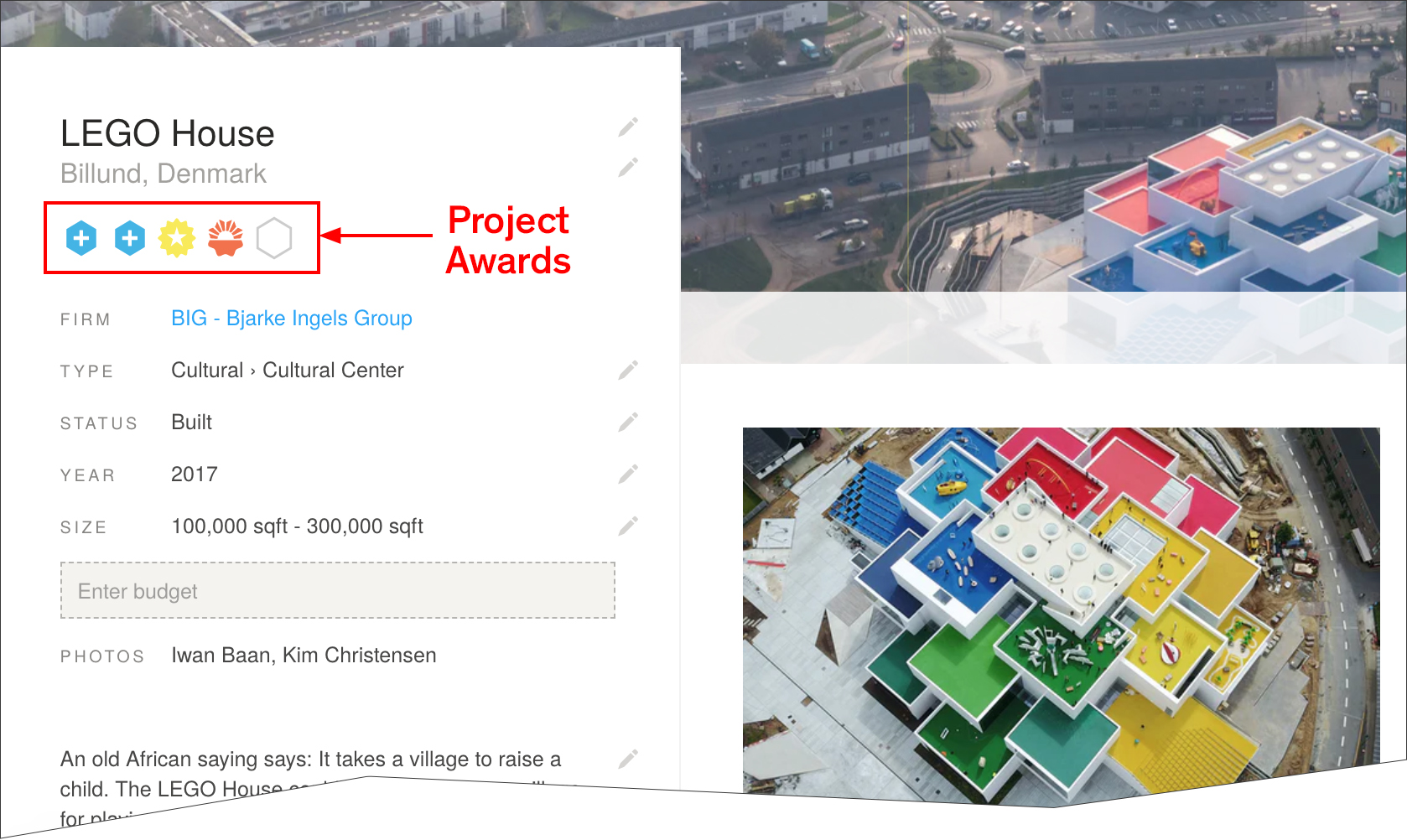
An example of a project page on Architizer with Project Award Badges highlighted
A Guide to Project Awards
The blue “+” badge denotes that a project has won a prestigious A+Award as described above. Hovering over the badge reveals details of the award, including award category, year, and whether the project won the jury or popular choice award.
The orange Project of the Day and yellow Featured Project badges are awarded by Architizer’s Editorial team, and are selected based on a number of factors. The following factors increase a project’s likelihood of being featured or awarded Project of the Day status:
- Project completed within the last 3 years
- A well written, concise project description of at least 3 paragraphs
- Architectural design with a high level of both functional and aesthetic value
- High quality, in focus photographs
- At least 8 photographs of both the interior and exterior of the building
- Inclusion of architectural drawings and renderings
- Inclusion of construction photographs
There are 7 Projects of the Day each week and a further 31 Featured Projects. Each Project of the Day is published on Facebook, Twitter and Instagram Stories, while each Featured Project is published on Facebook. Each Project of the Day also features in Architizer’s Weekly Projects Newsletter and shared with 170,000 subscribers.
We’re constantly look for the world’s best architects to join our community. If you would like to understand more about this ranking list and learn how your firm can achieve a presence on it, please don’t hesitate to reach out to us at editorial@architizer.com.
The post 30 Best Architecture and Design Firms in Chile appeared first on Journal.

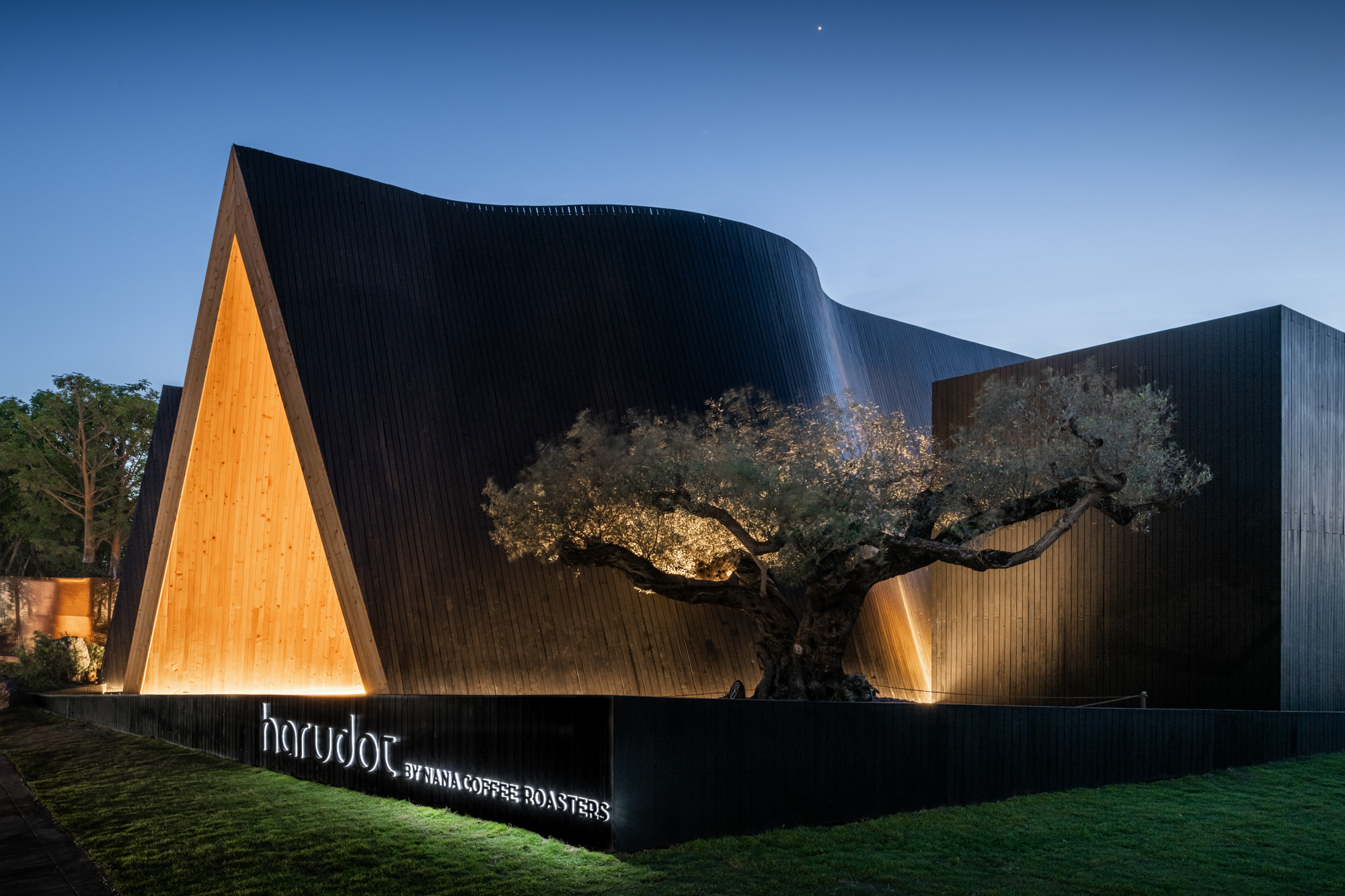
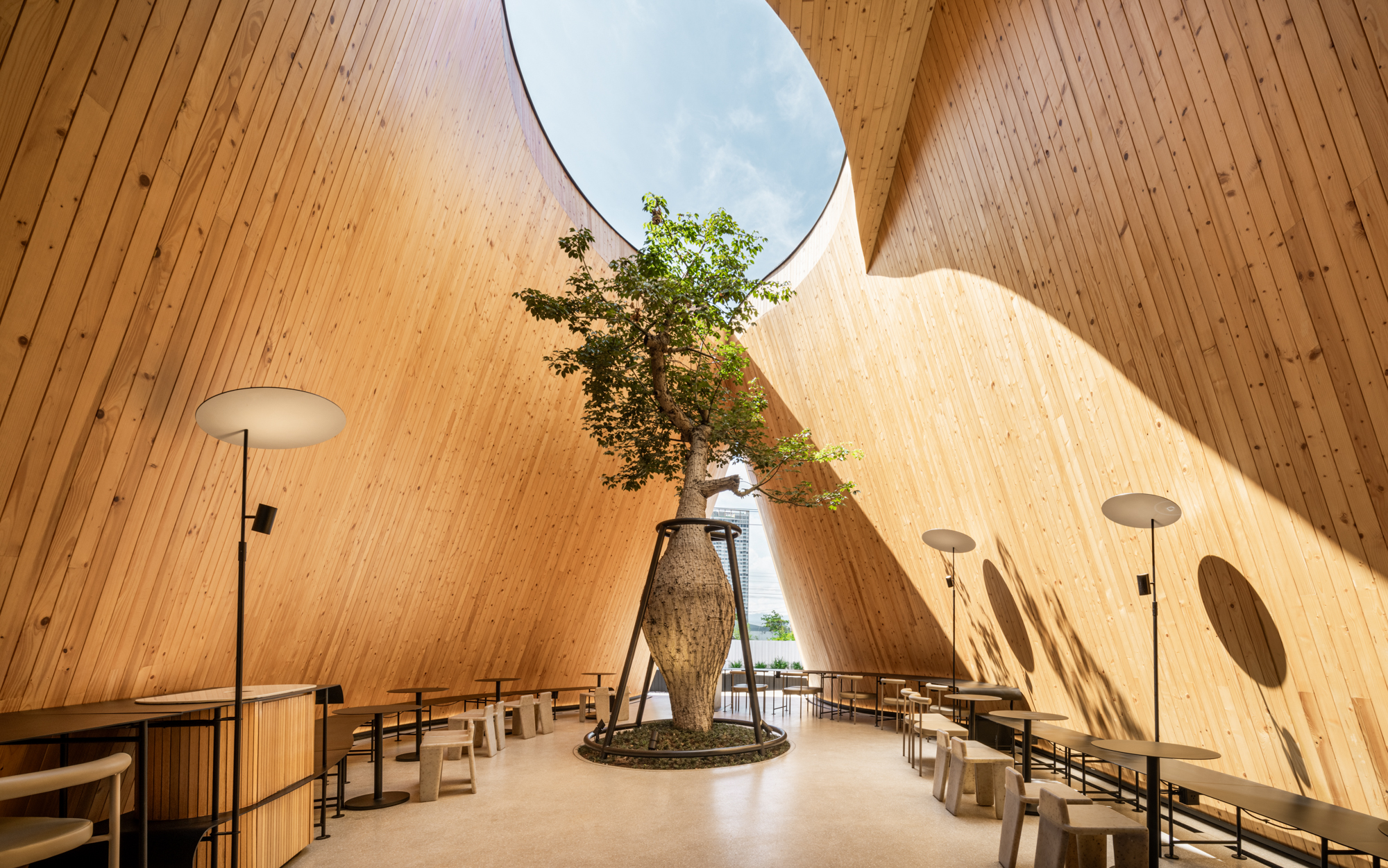
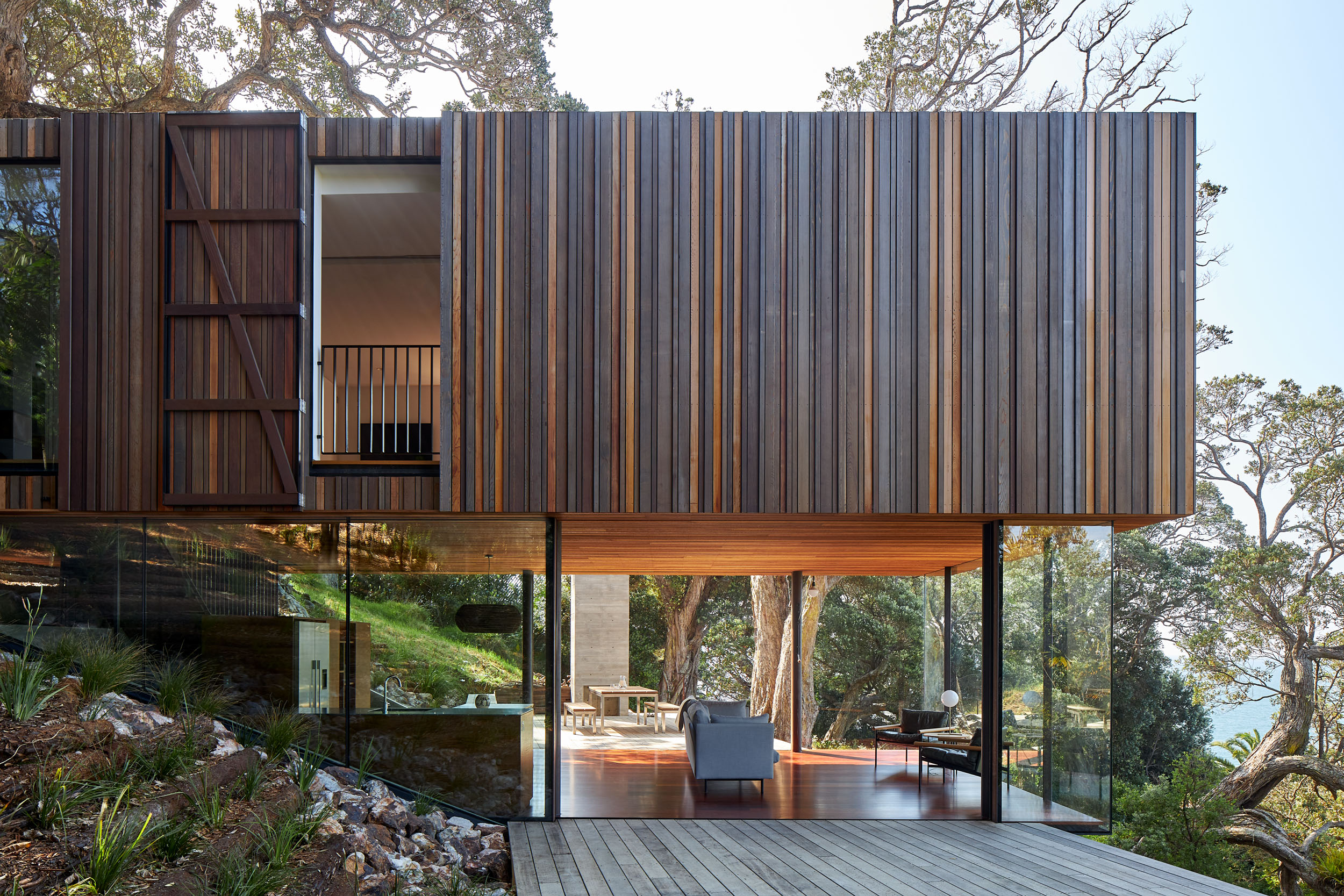
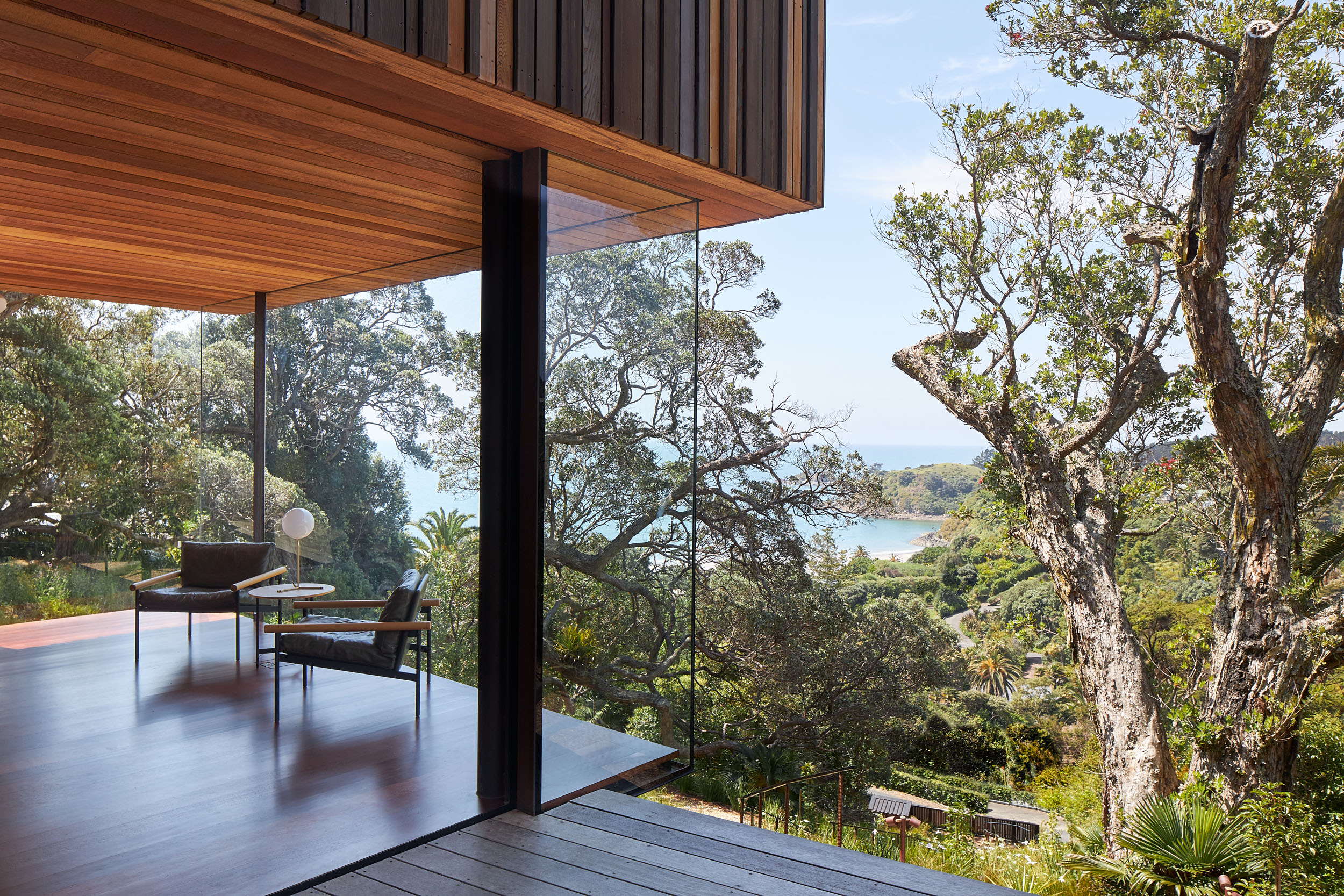

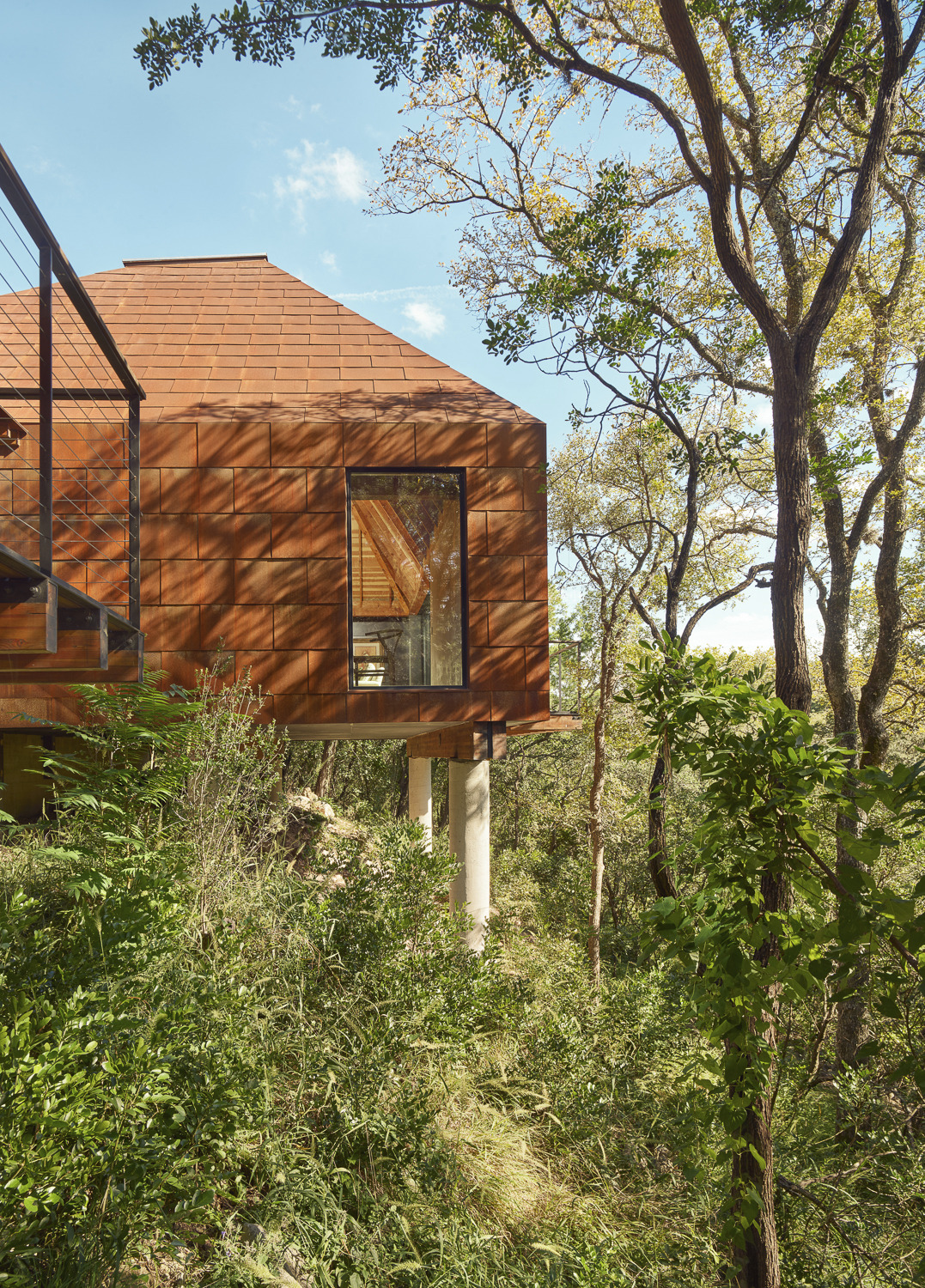
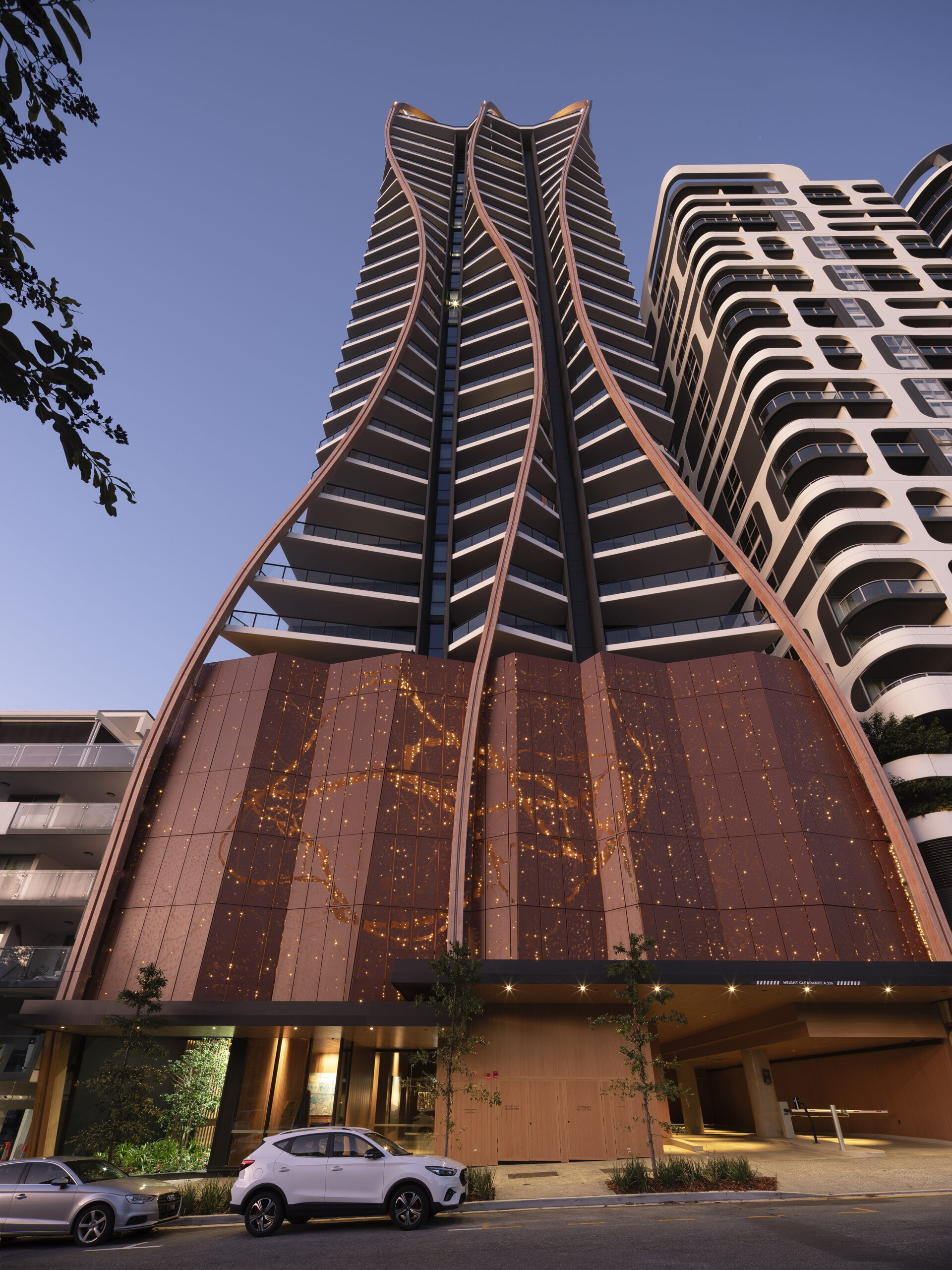

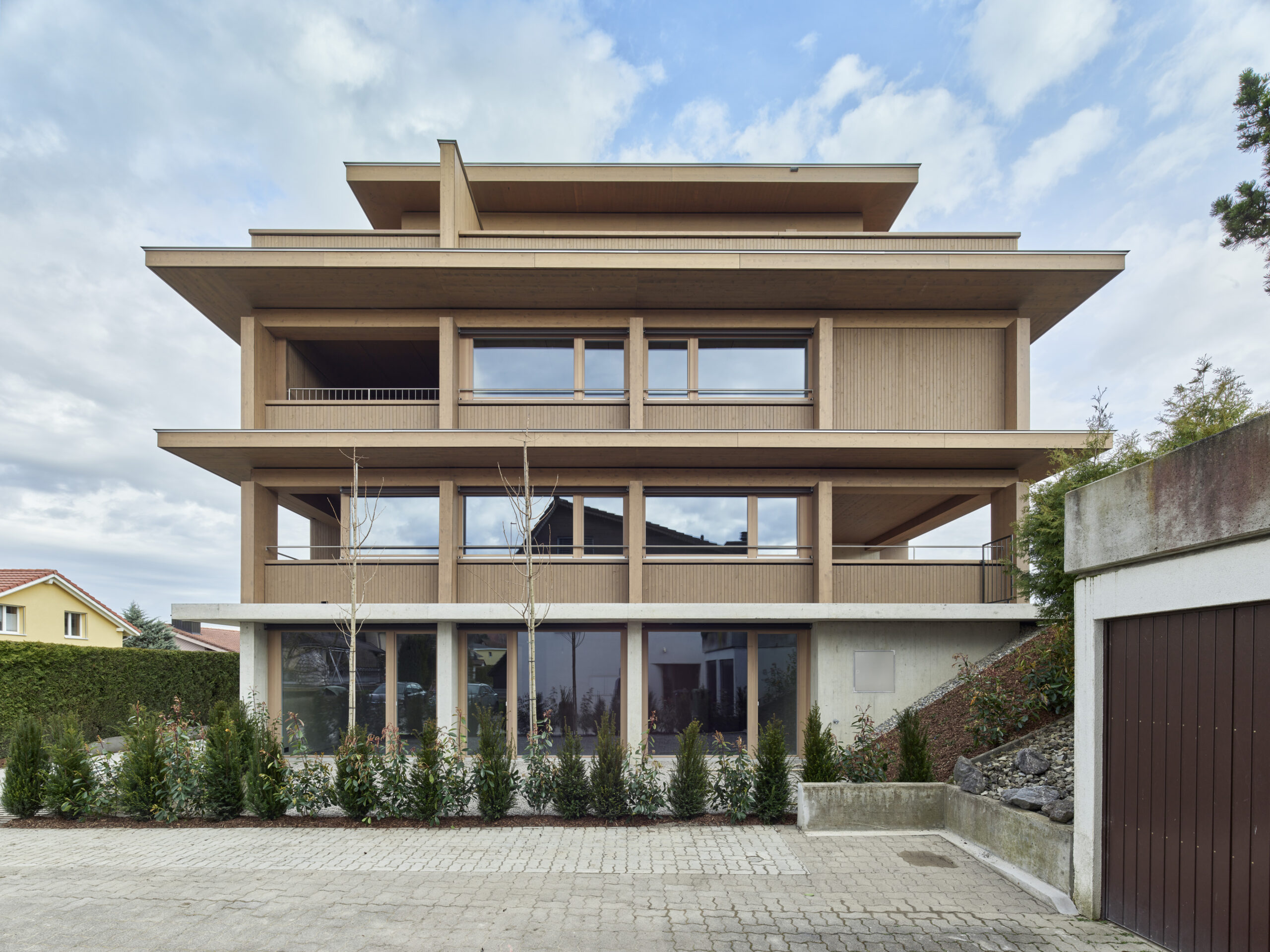

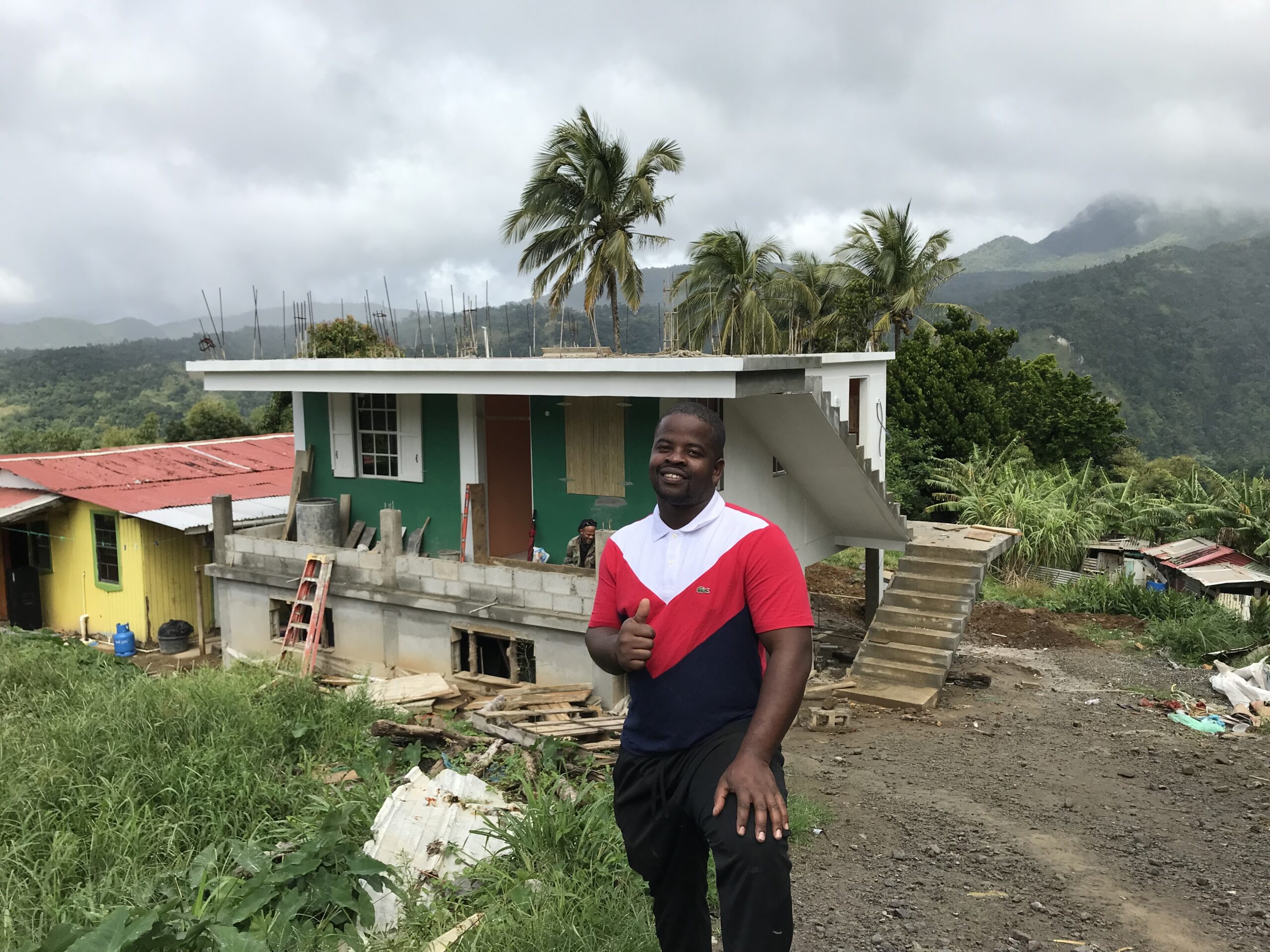
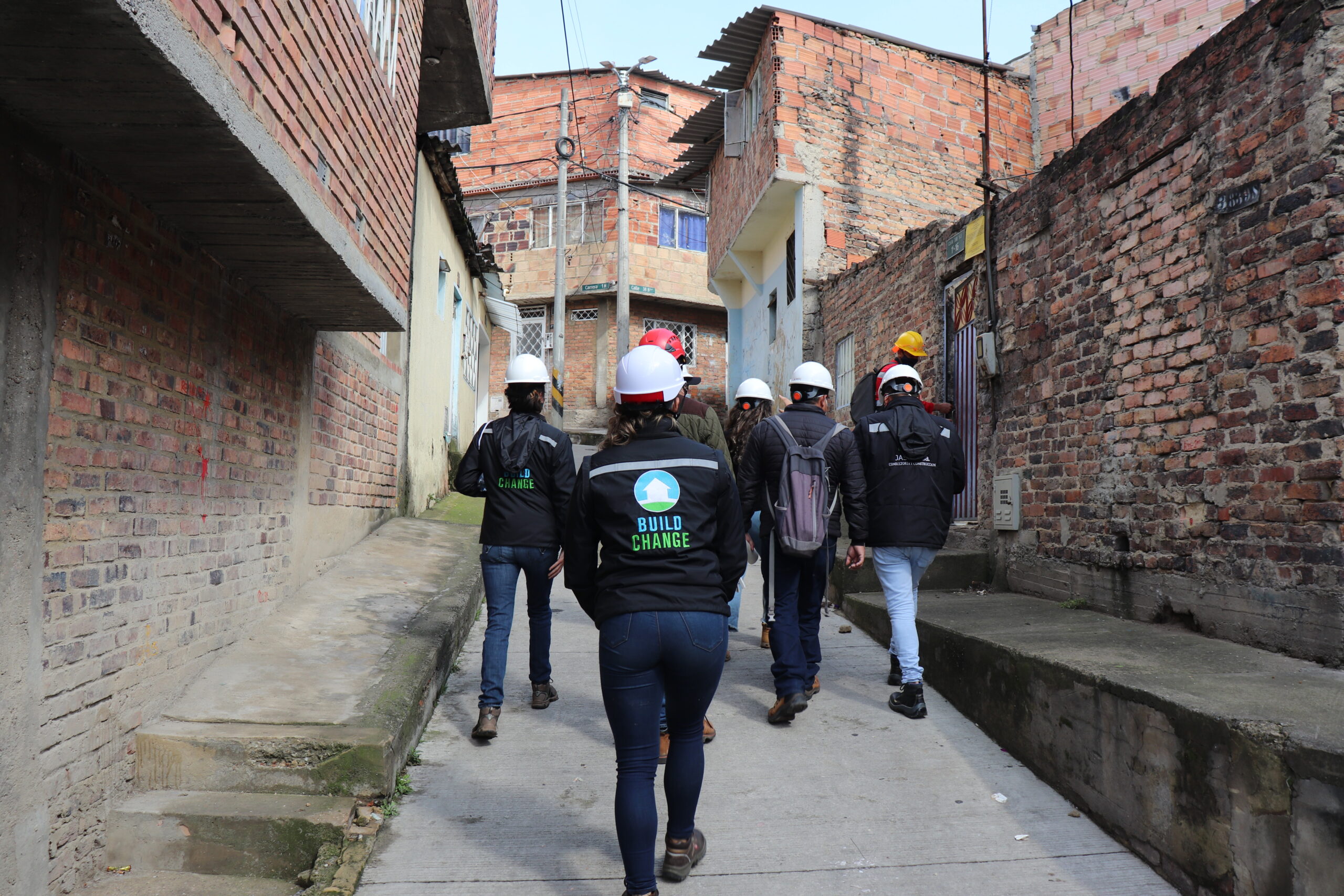
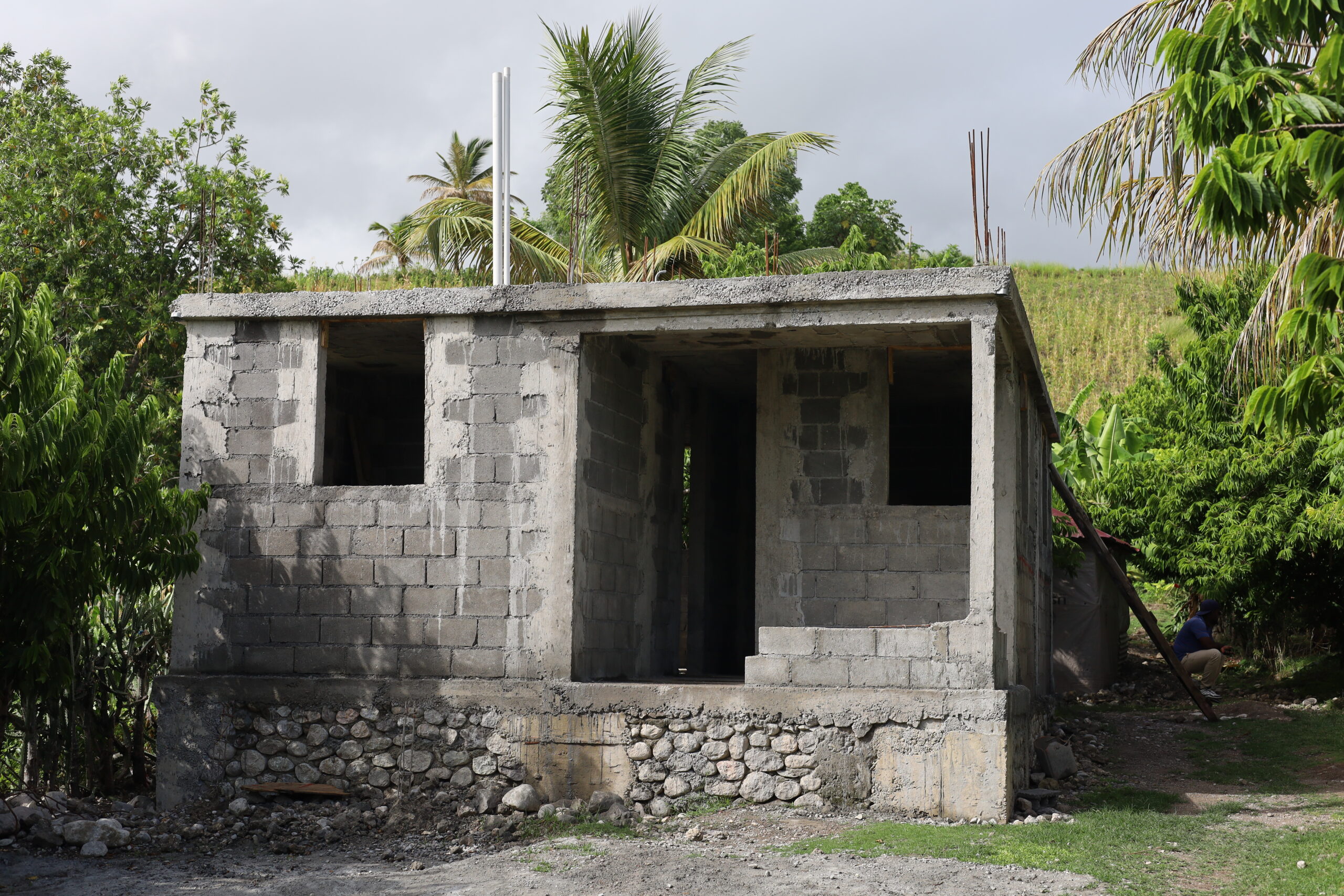
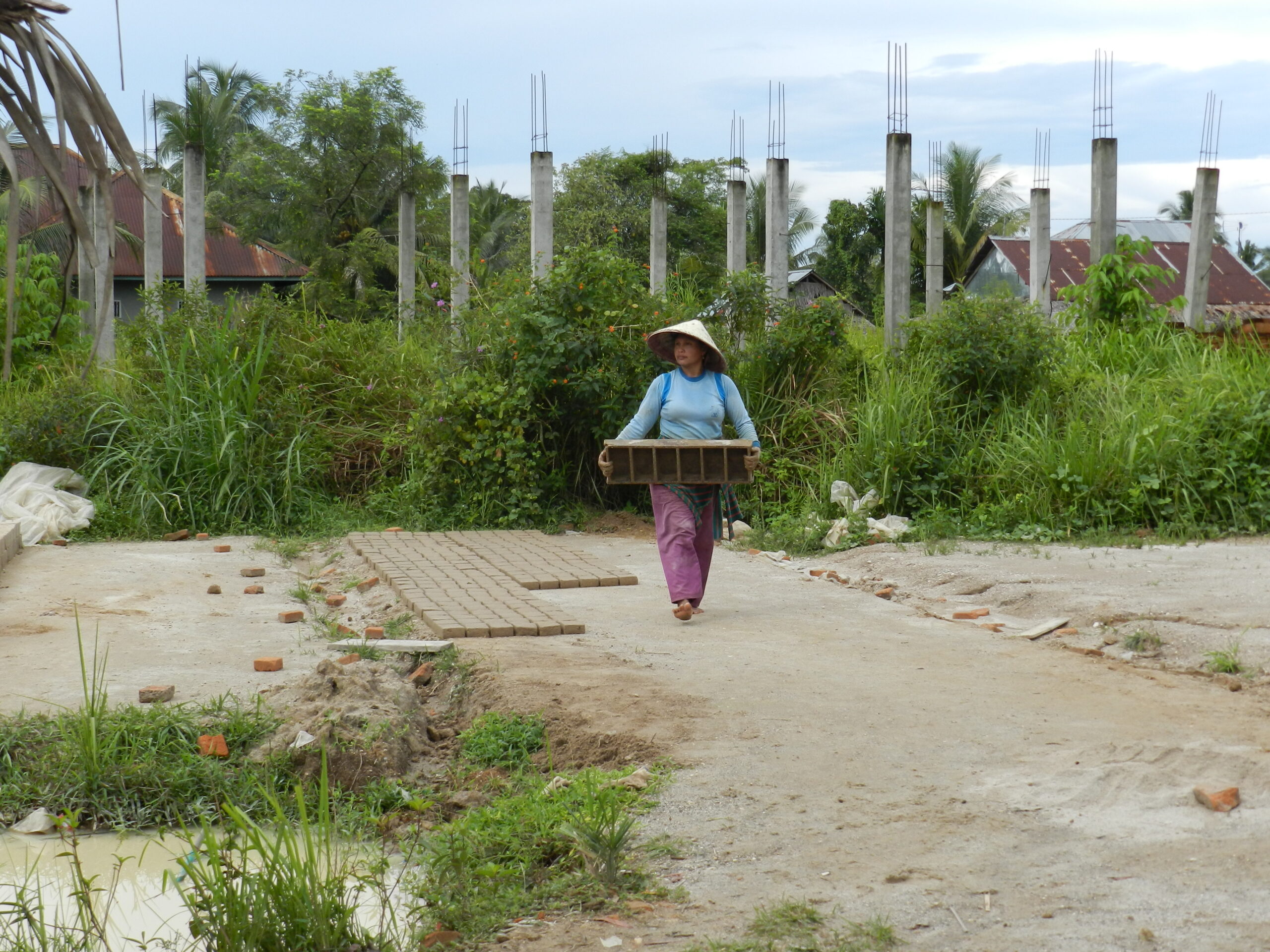

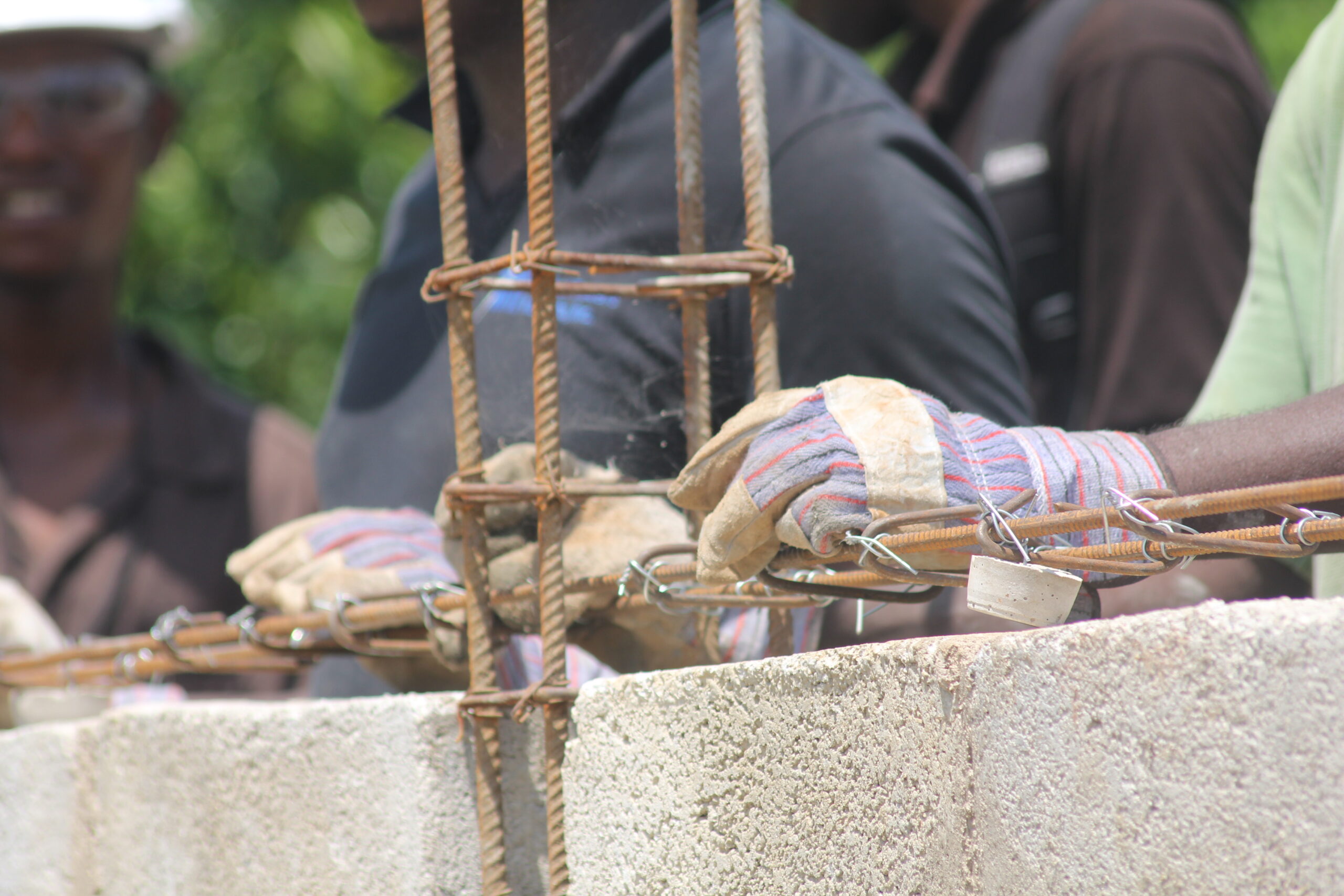
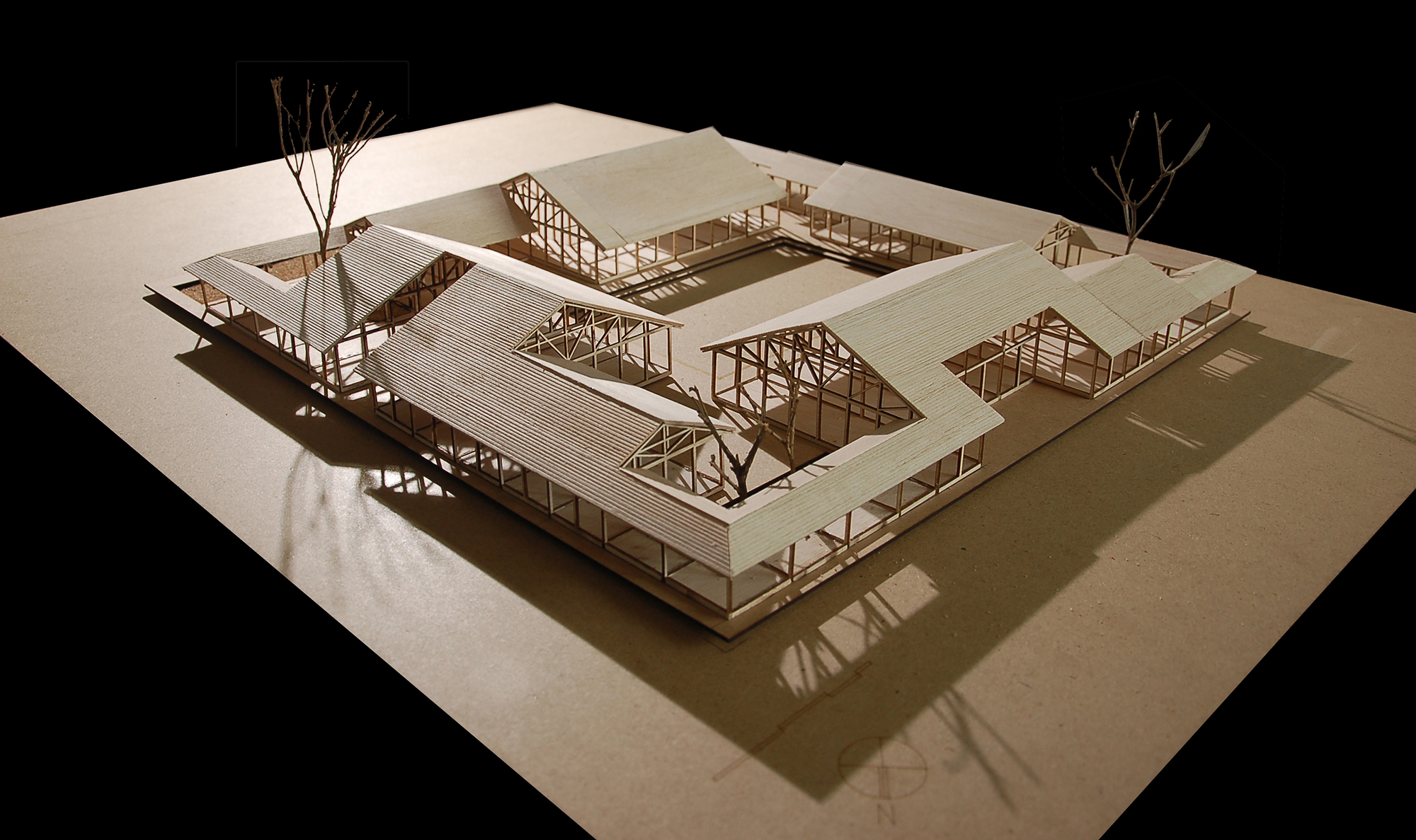
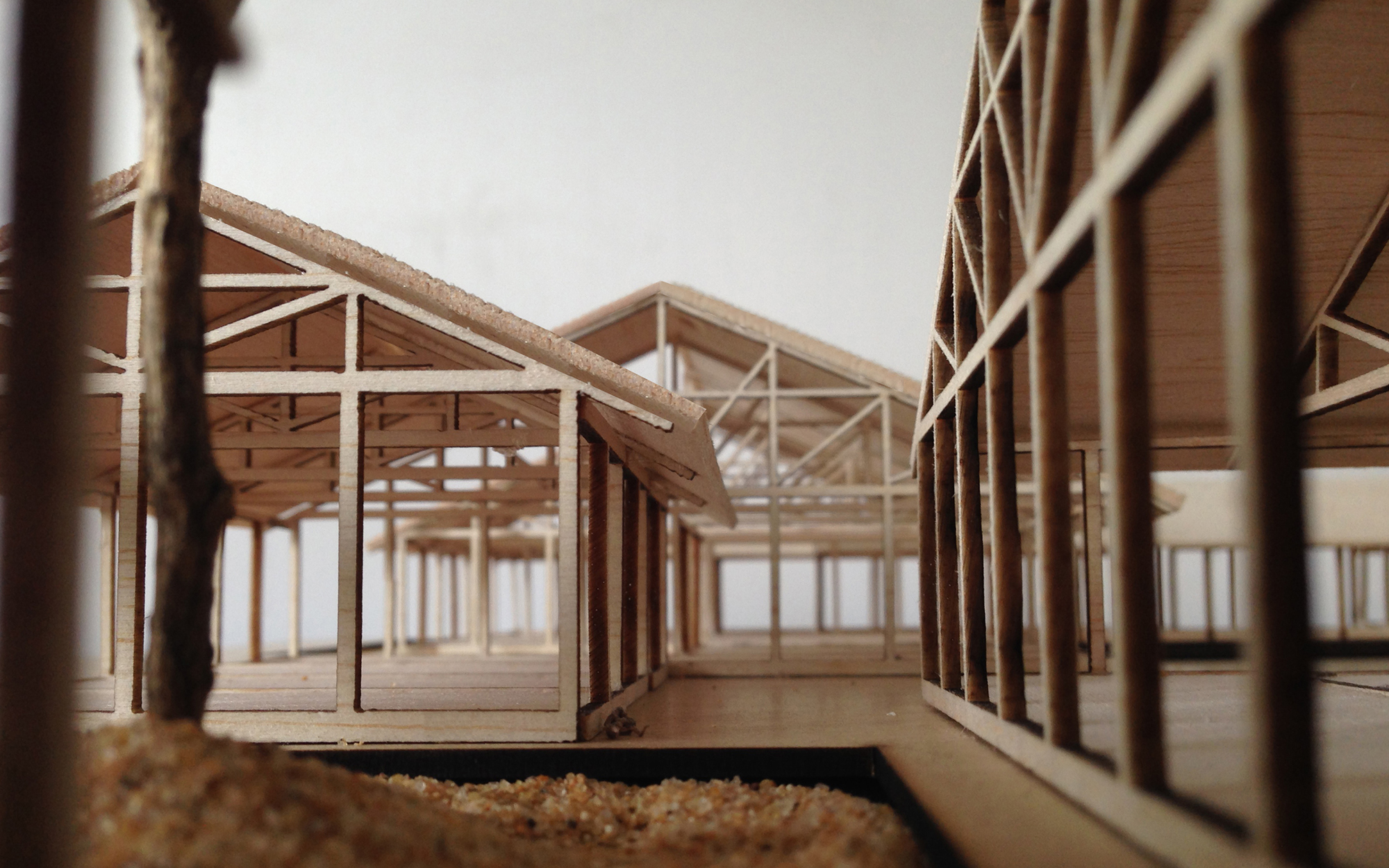
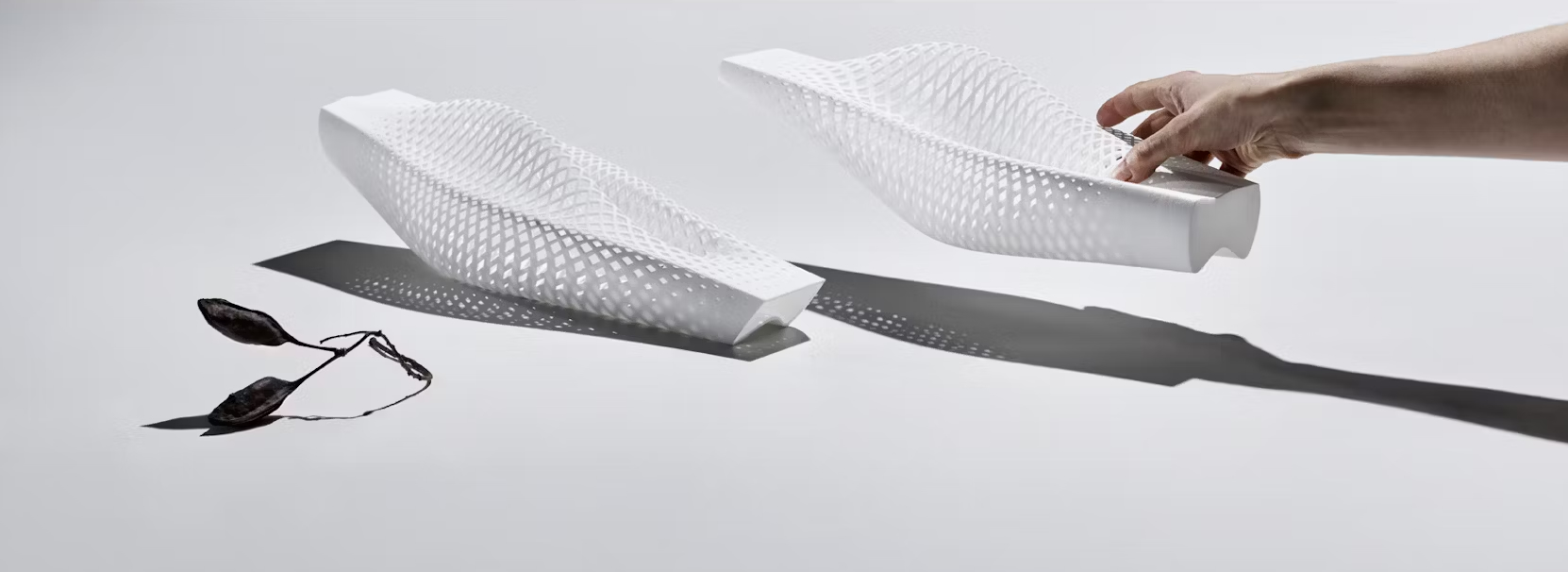

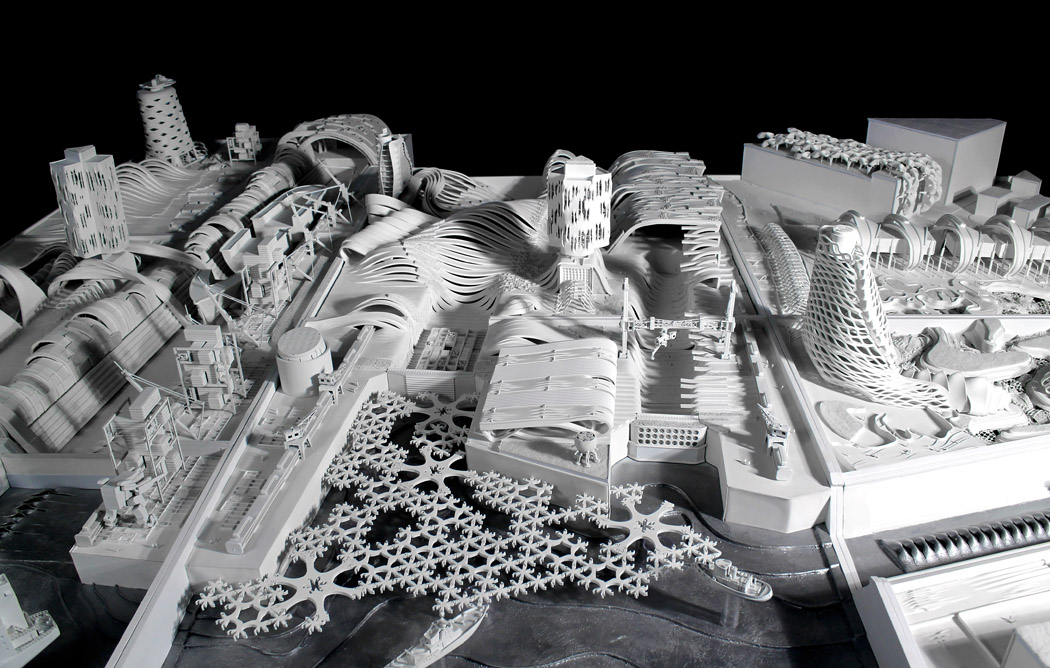
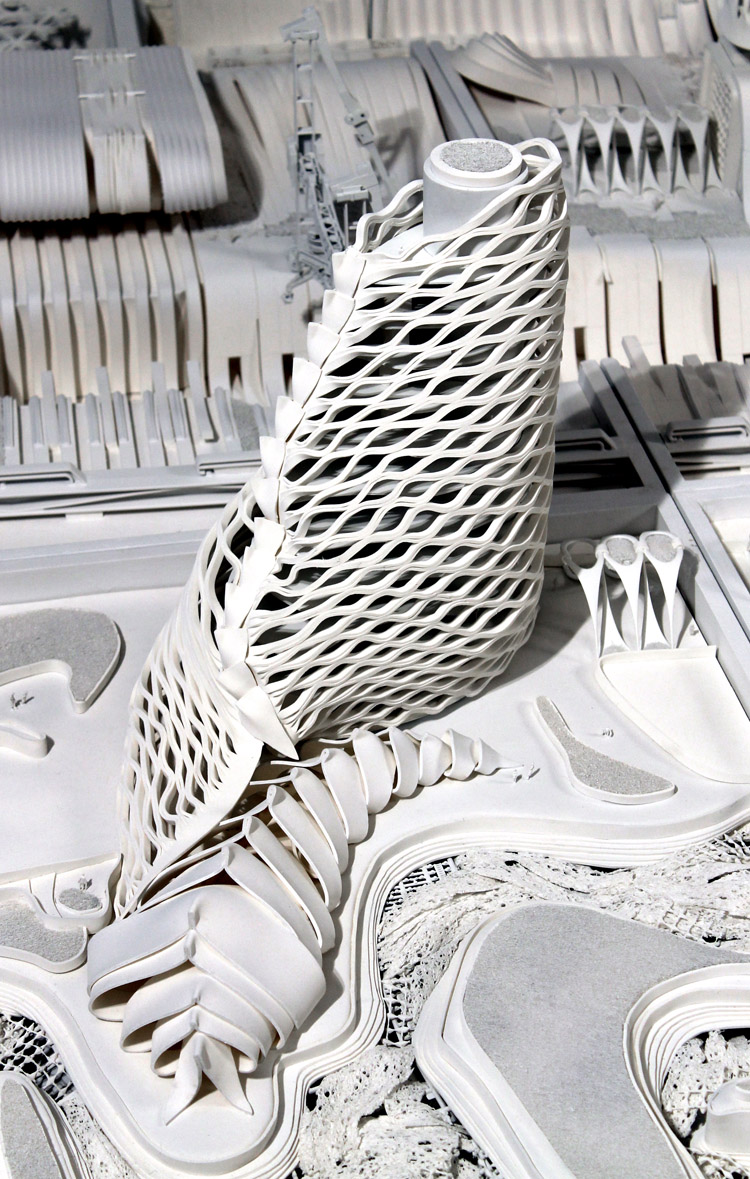


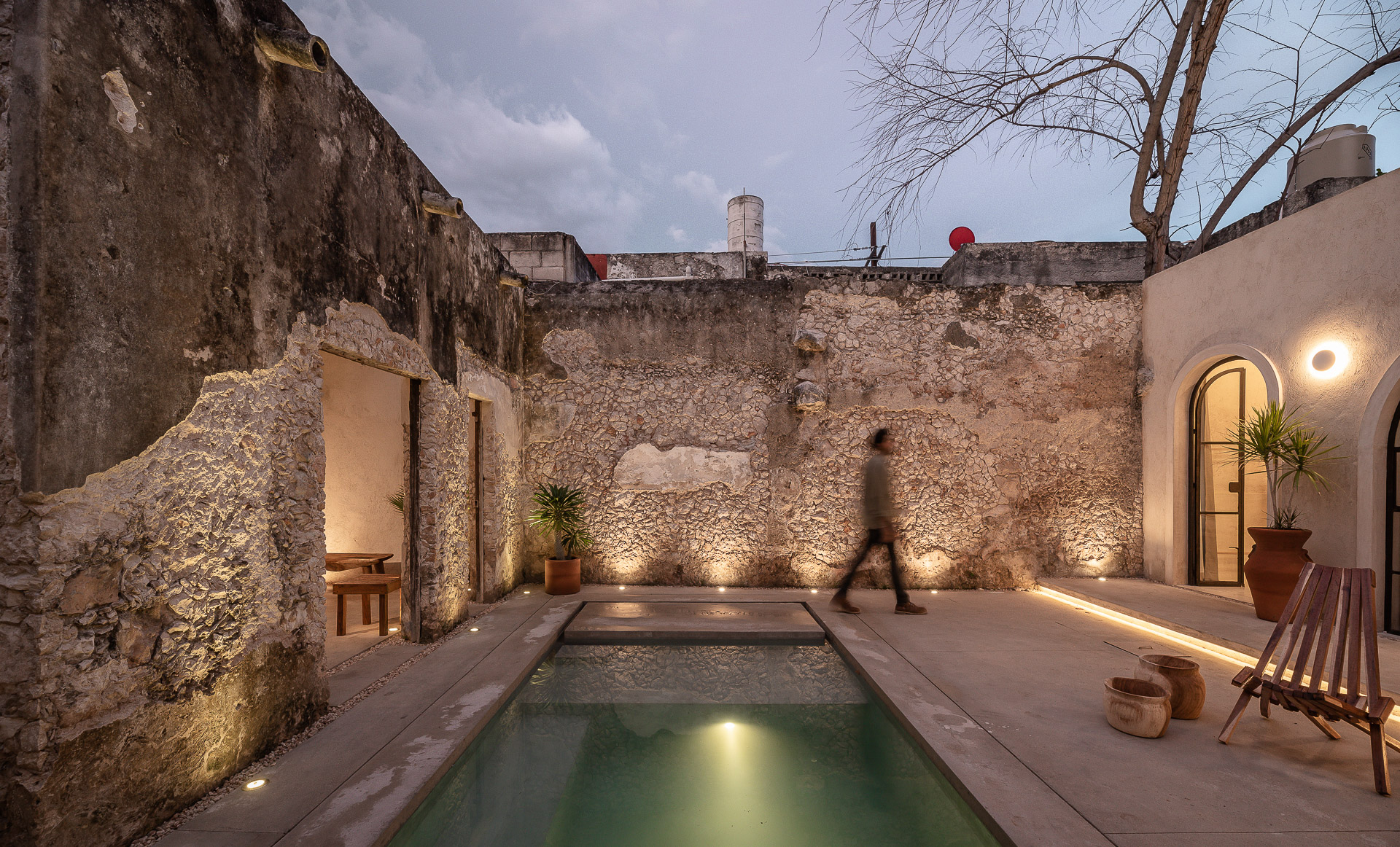
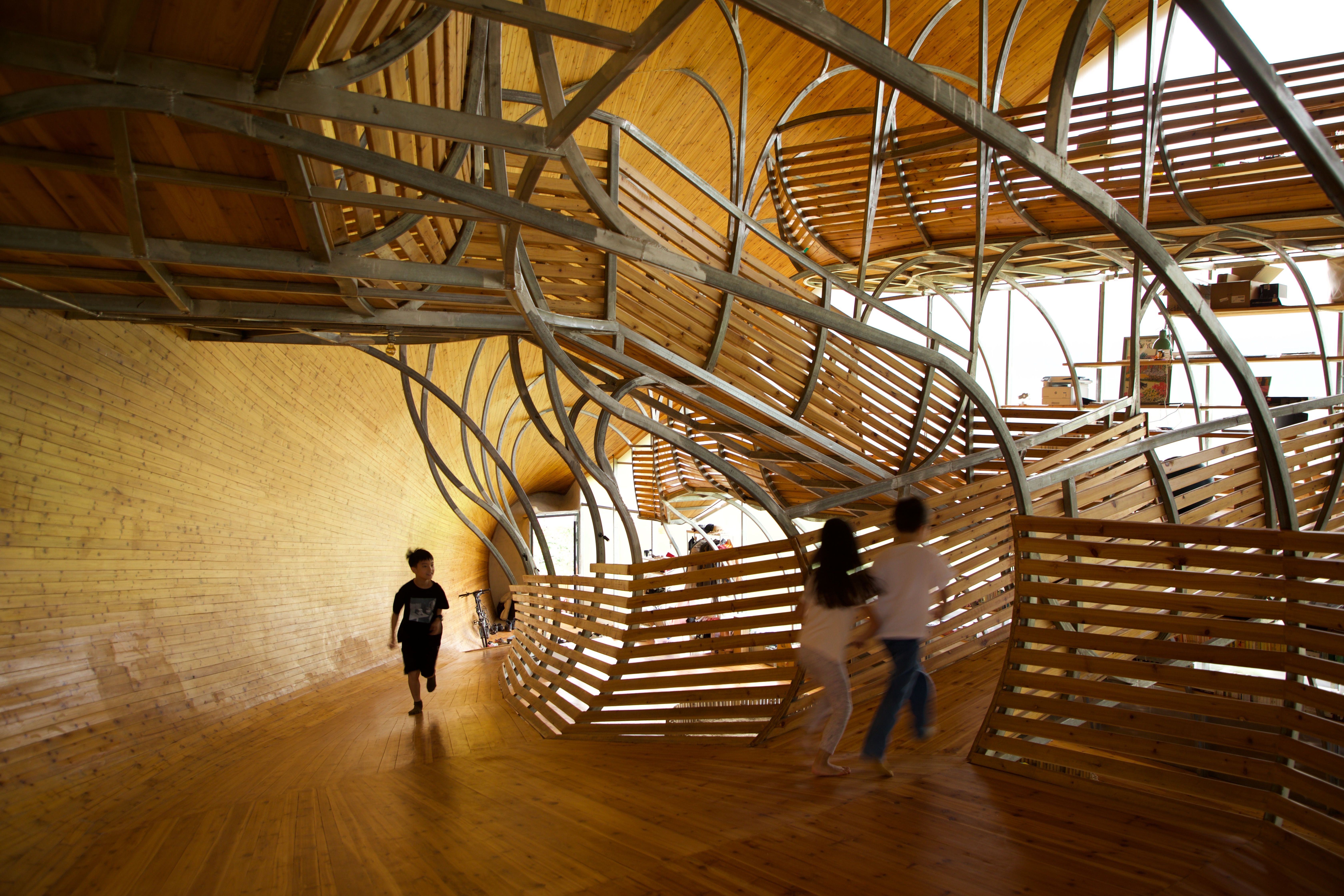
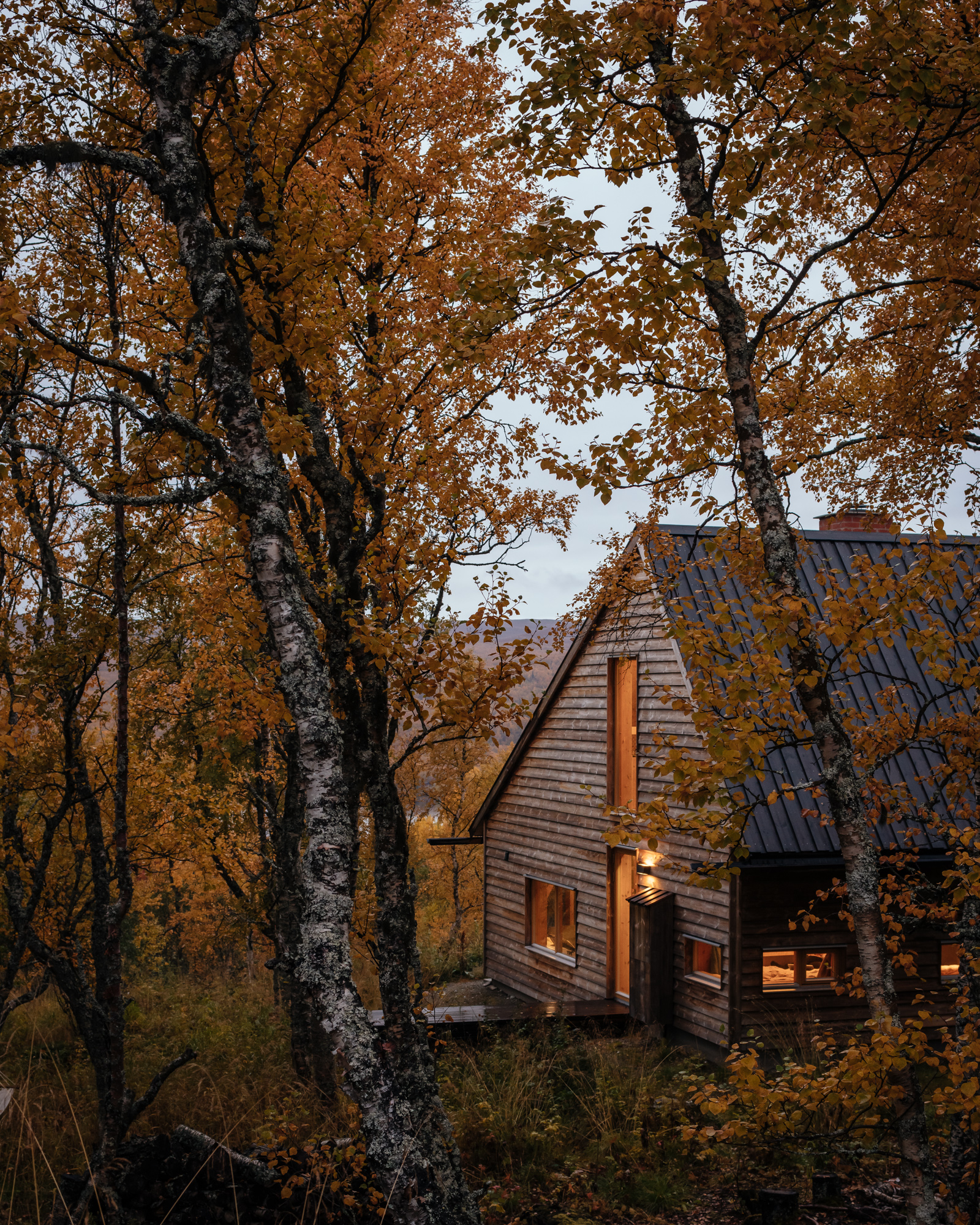
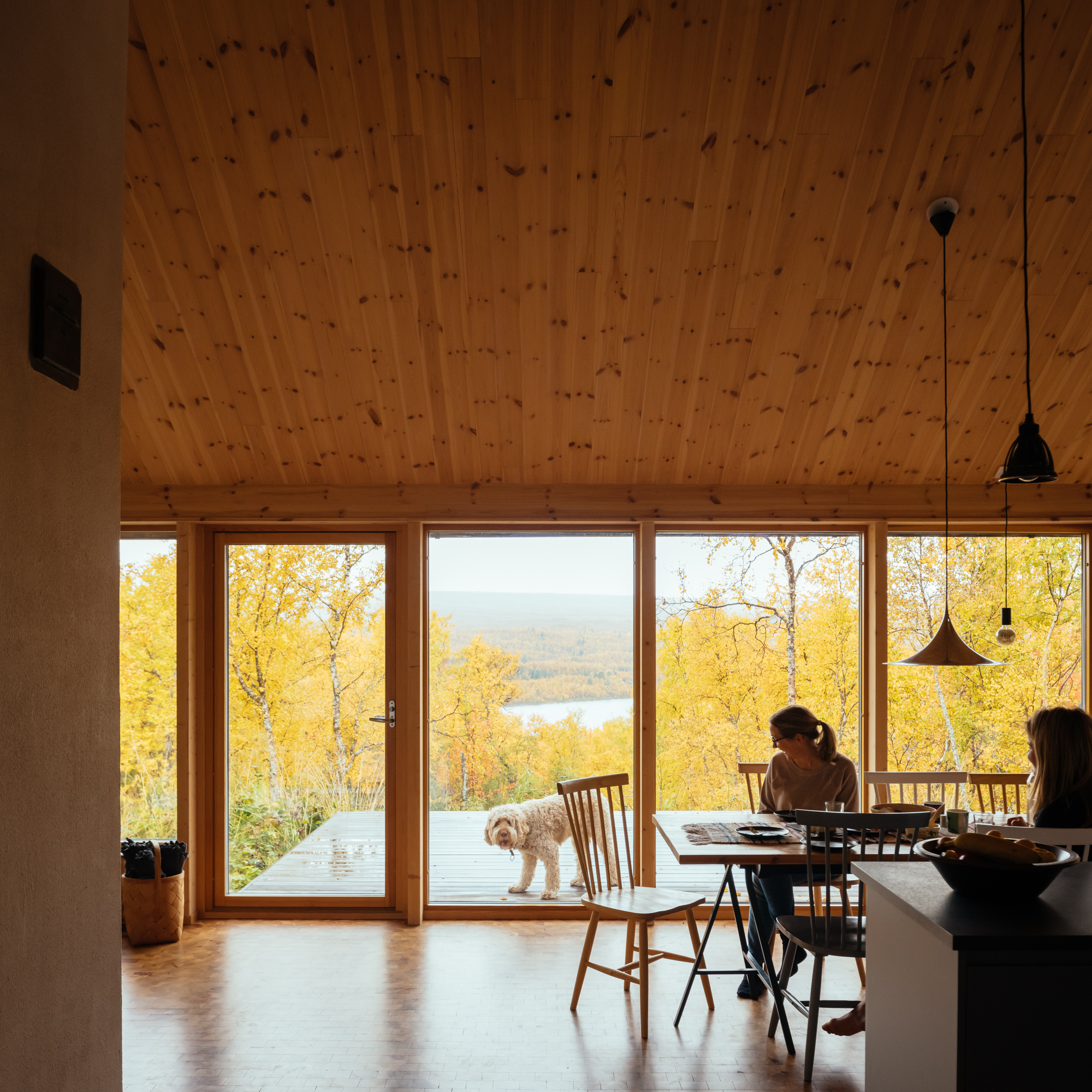
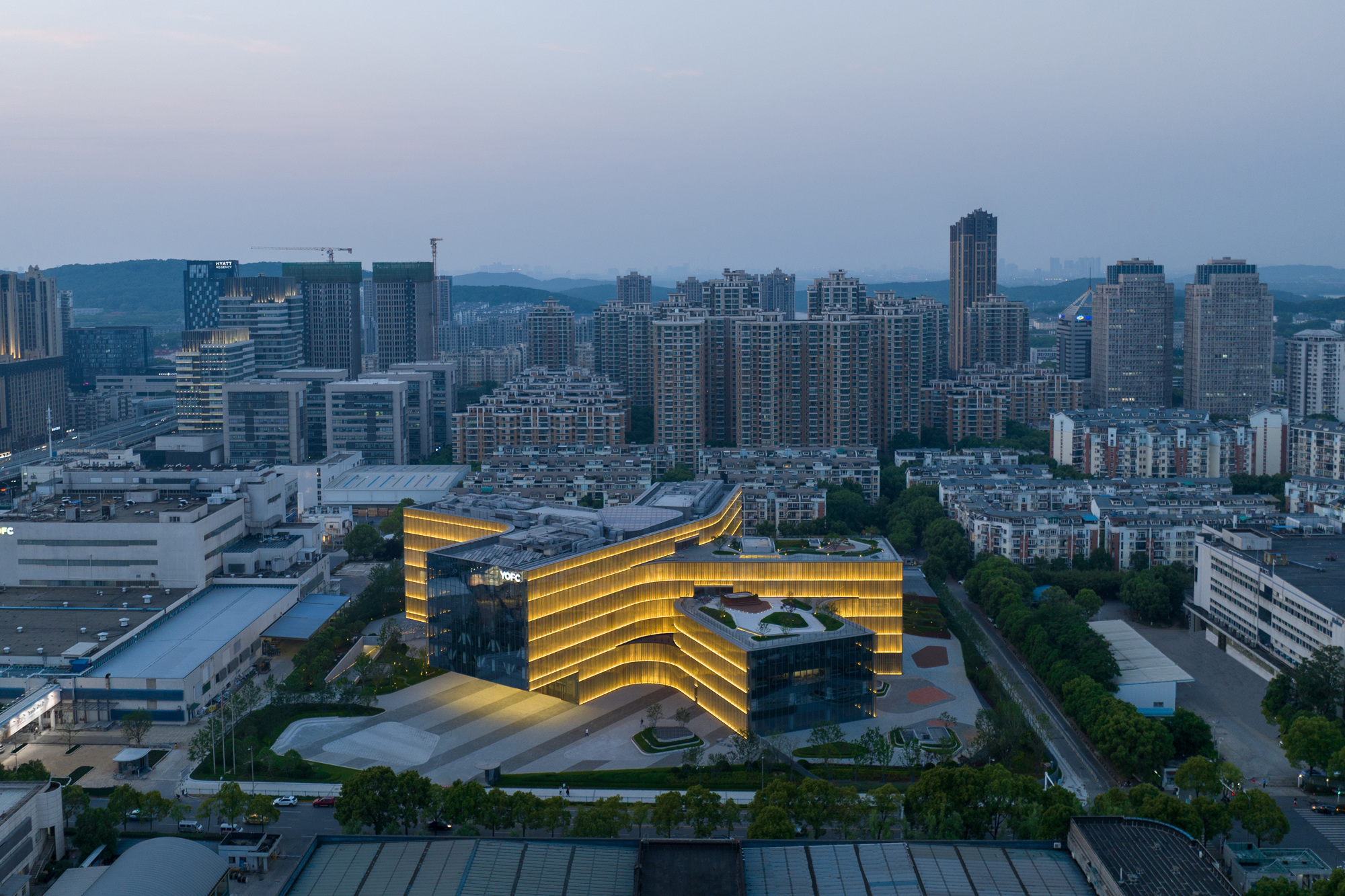
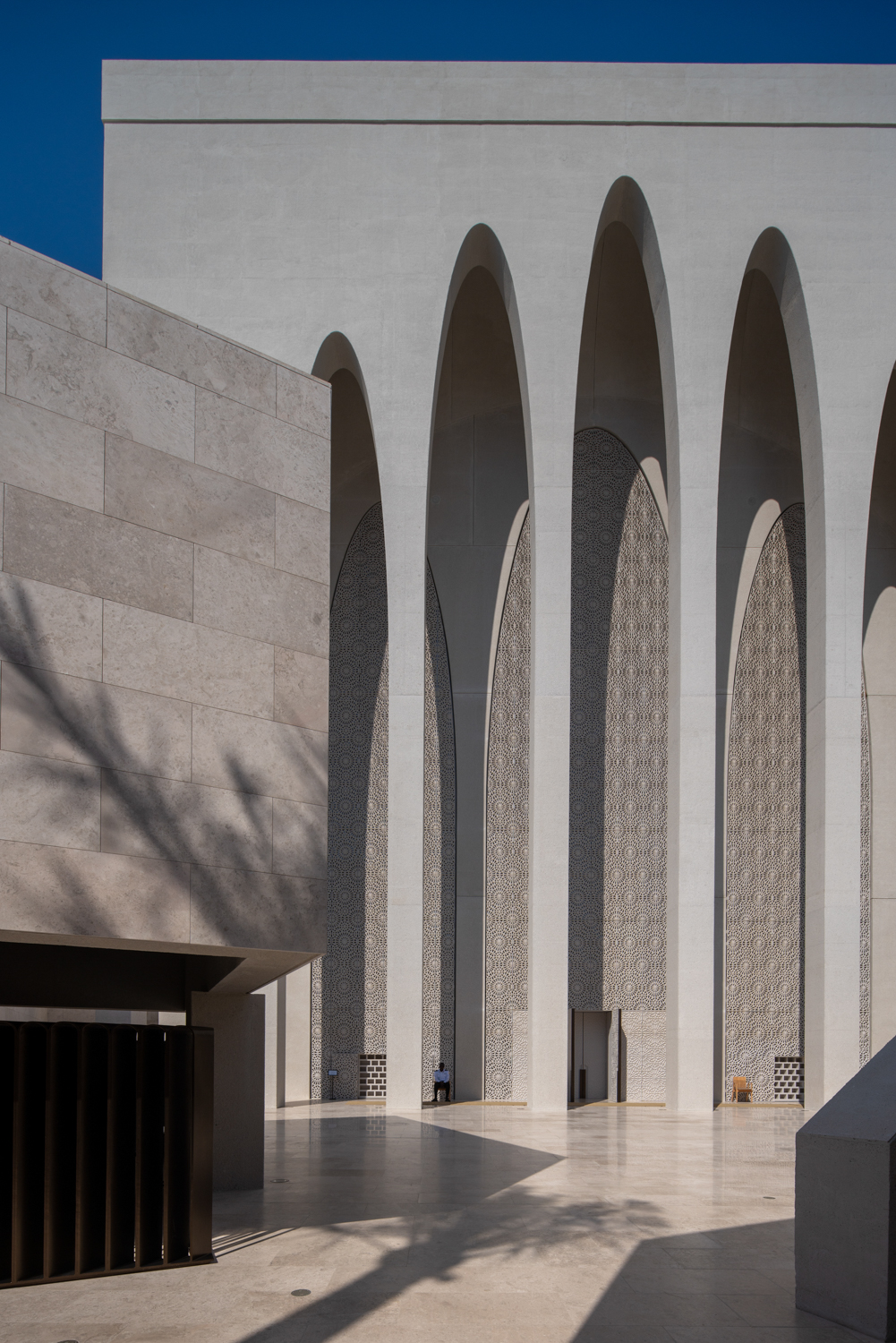
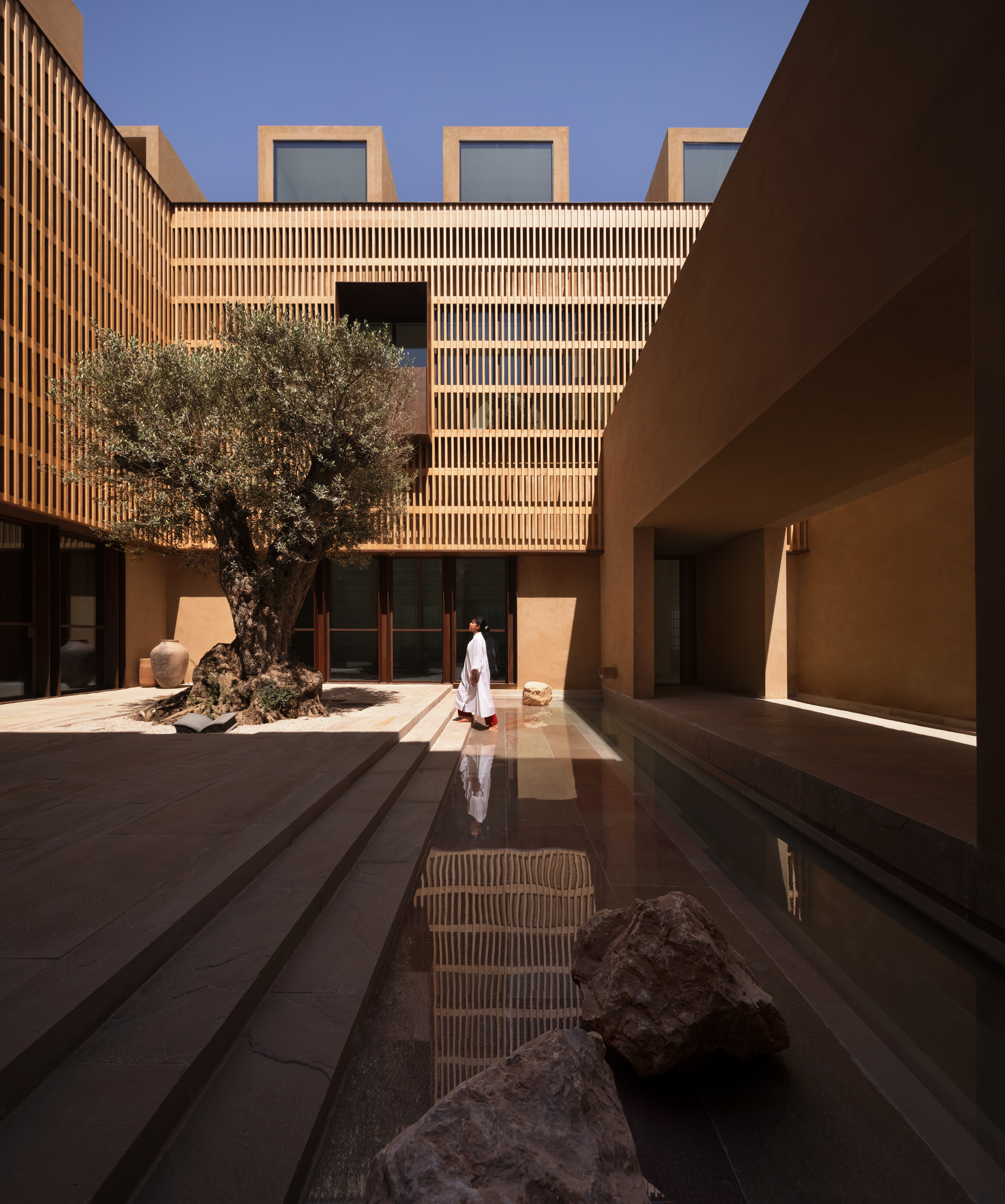
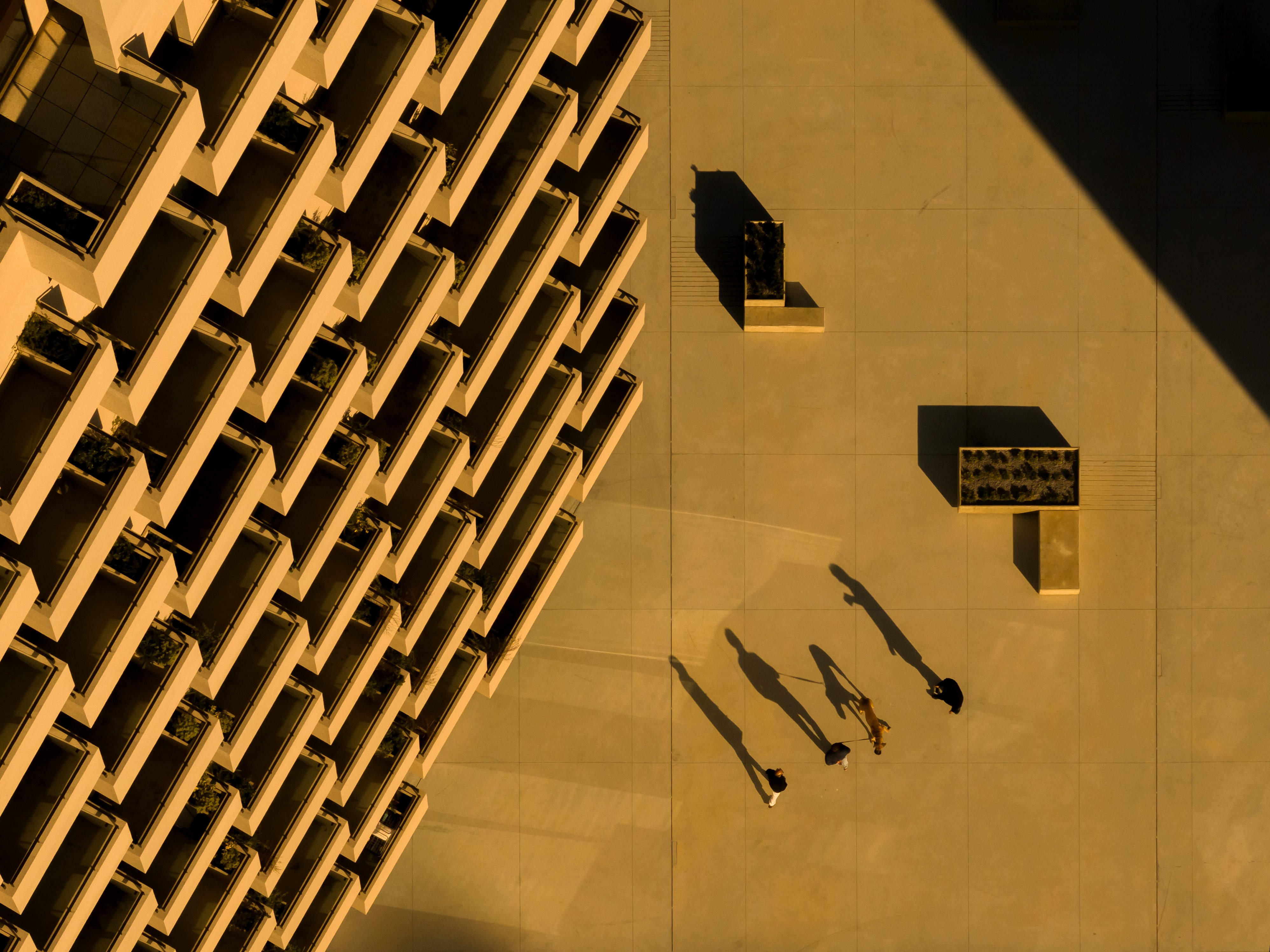
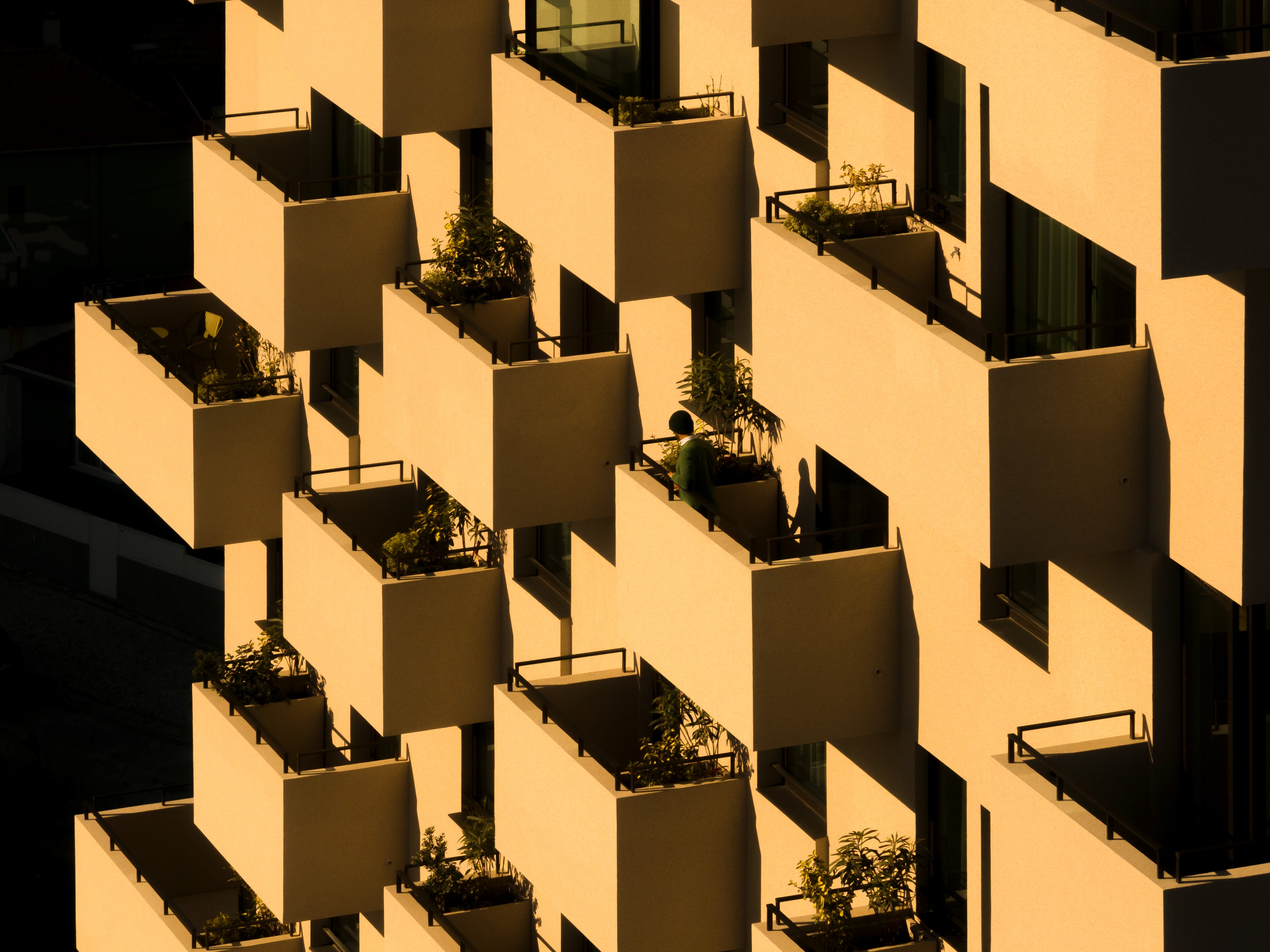
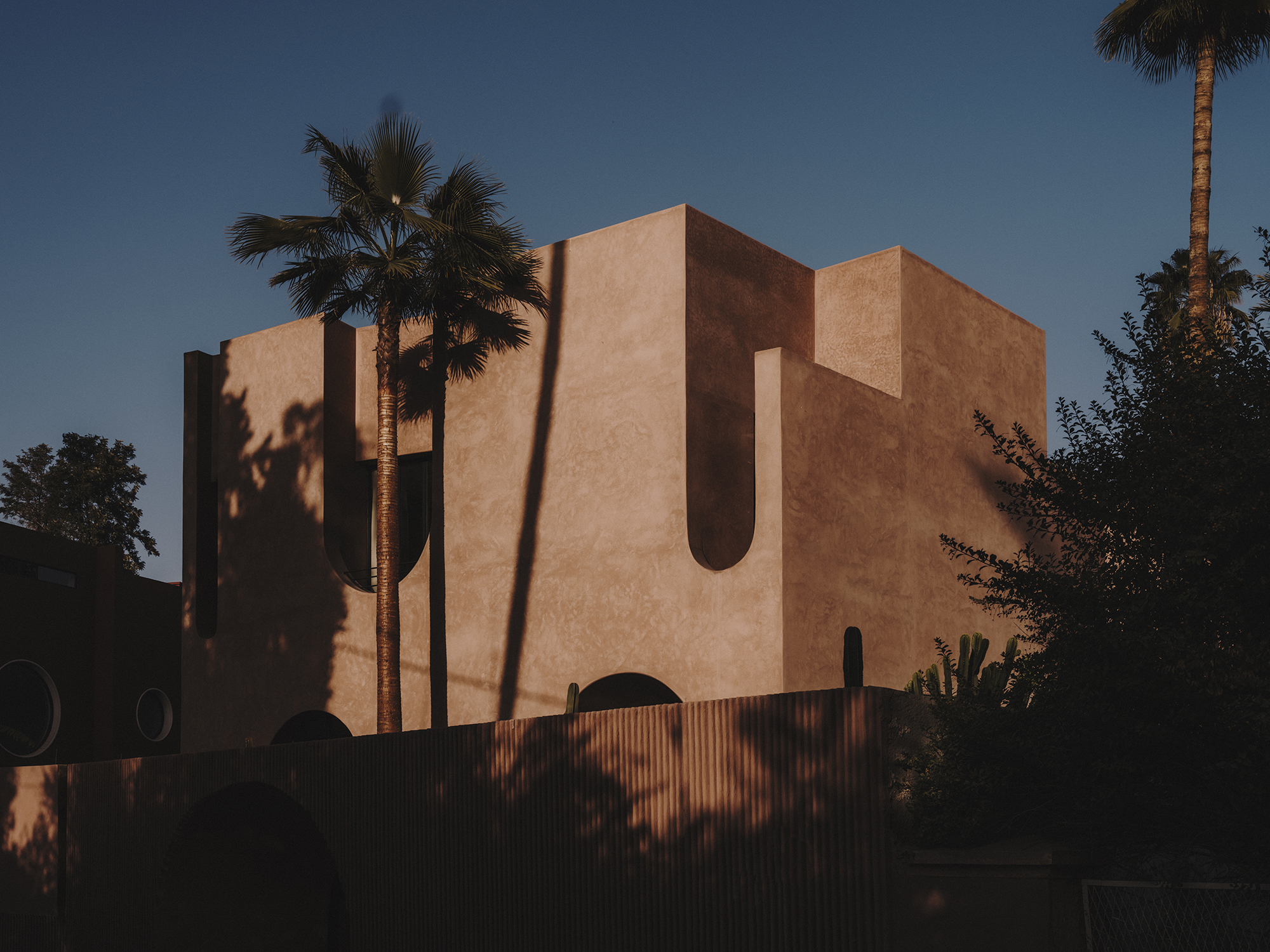
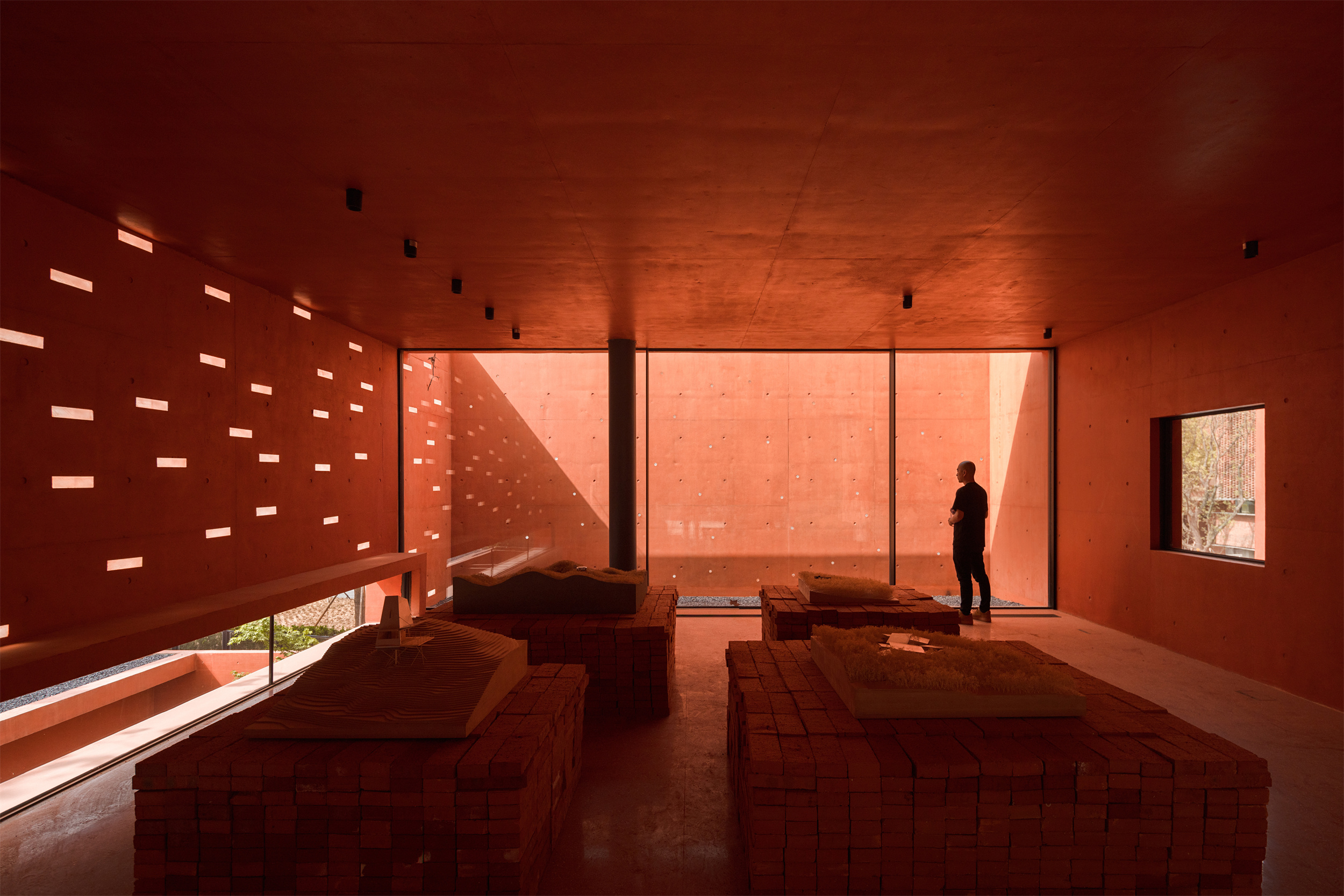
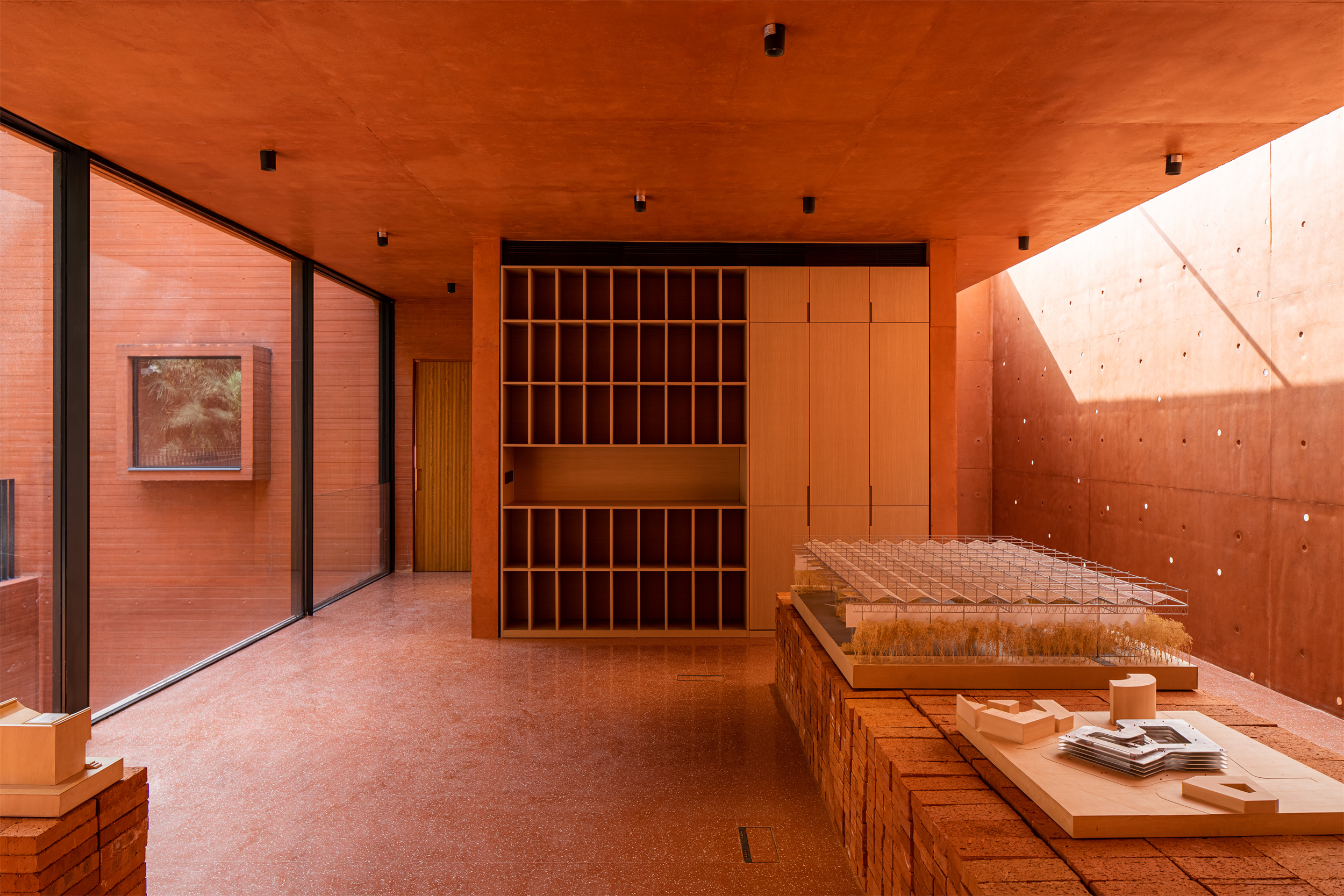
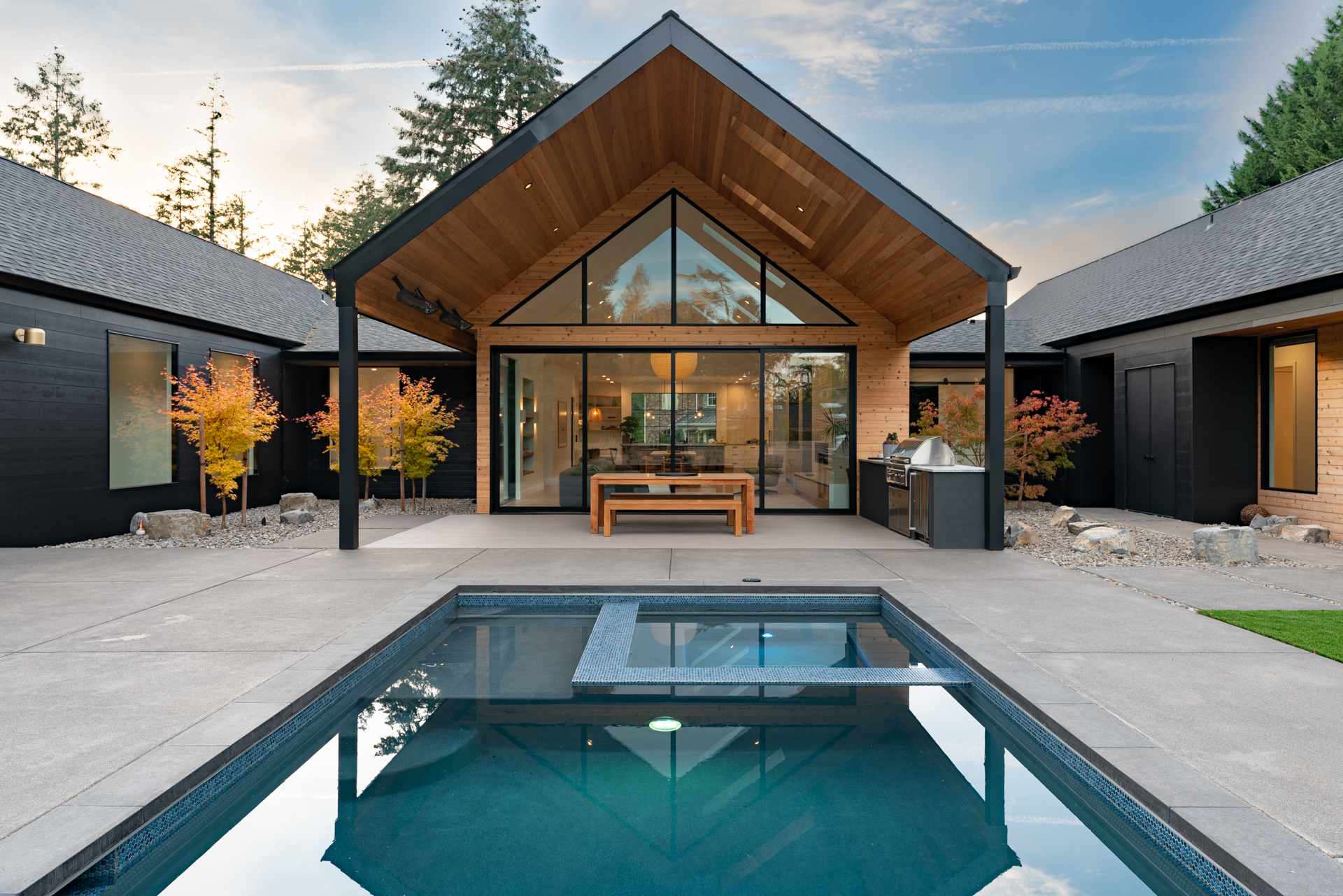
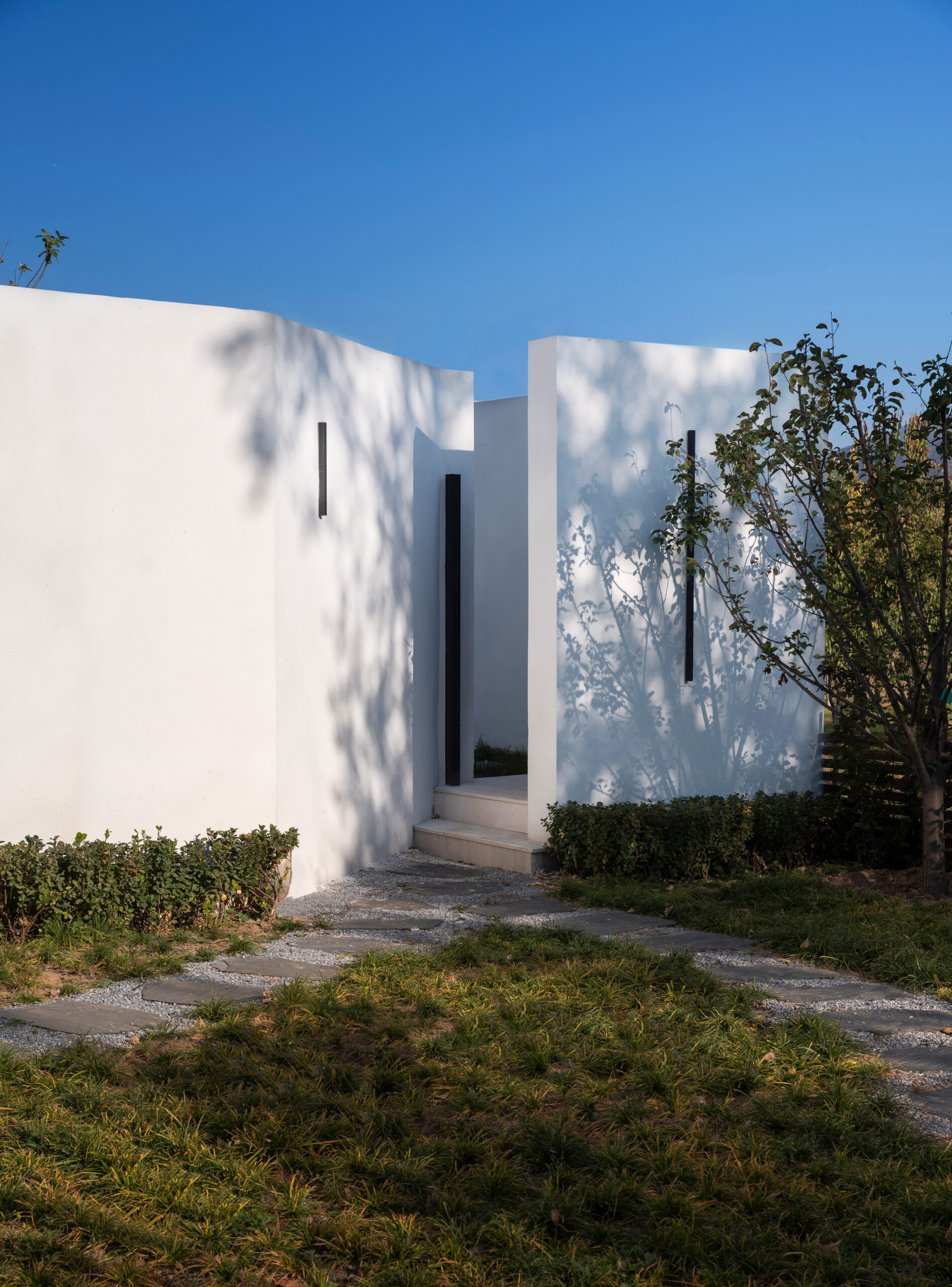
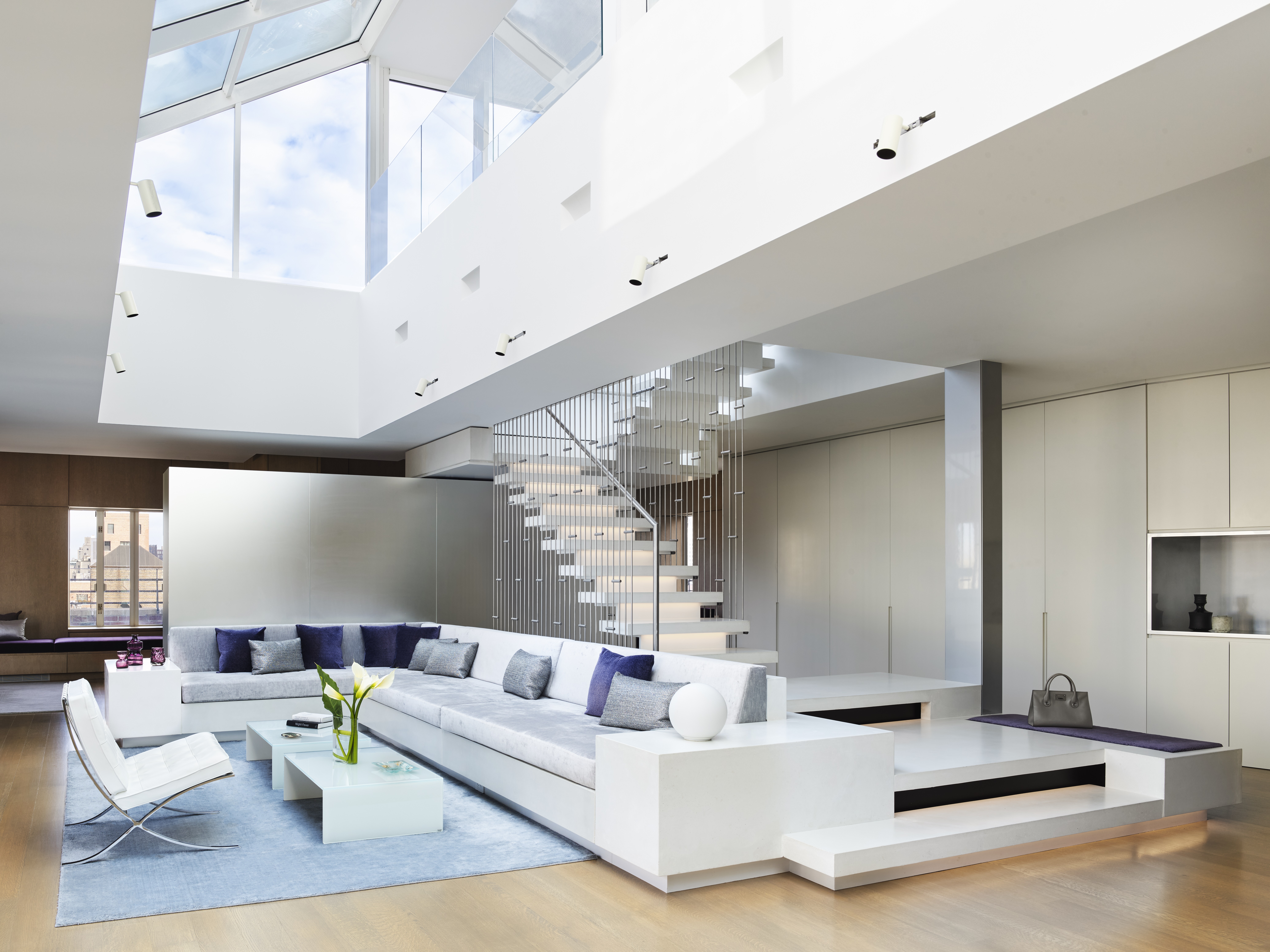
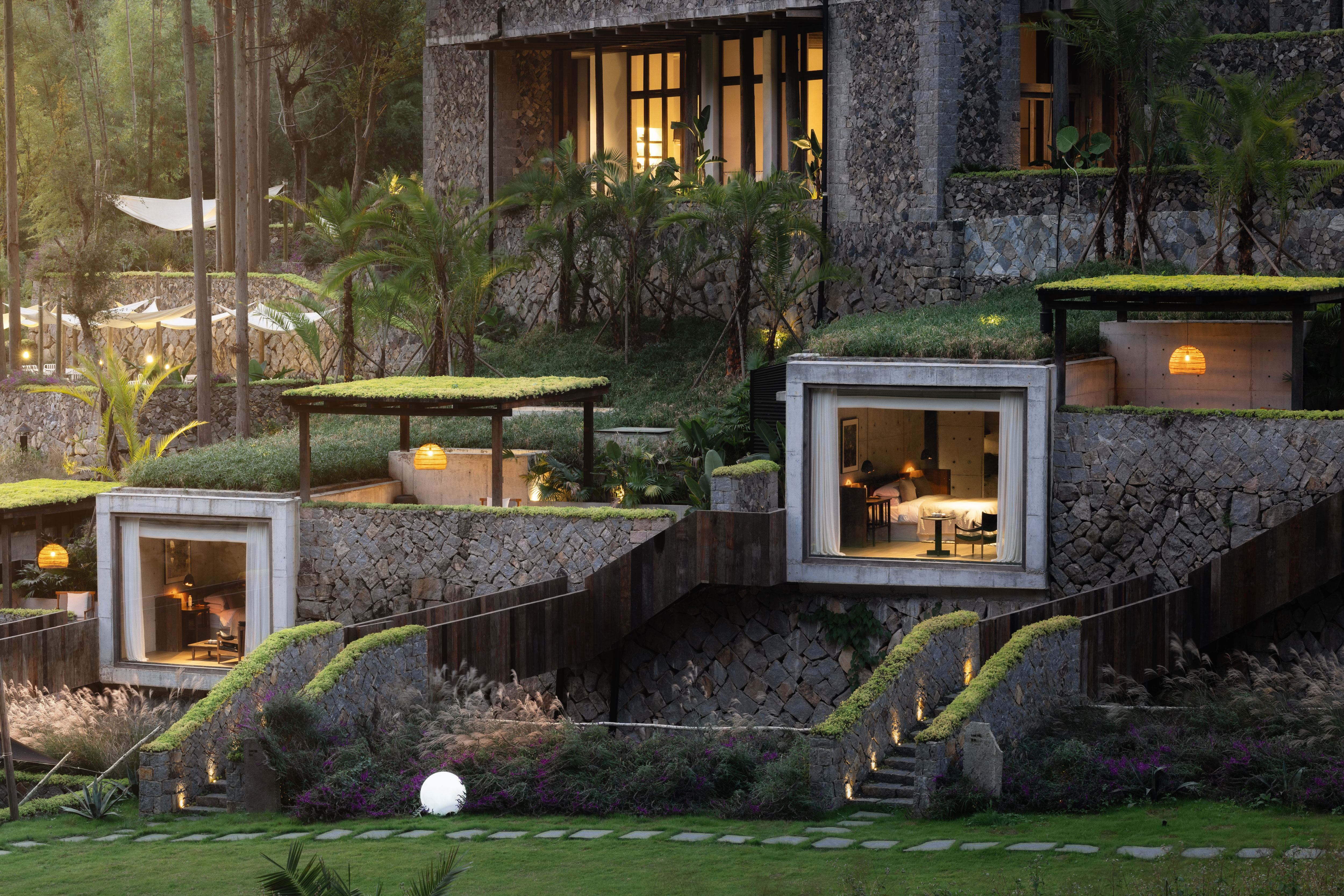
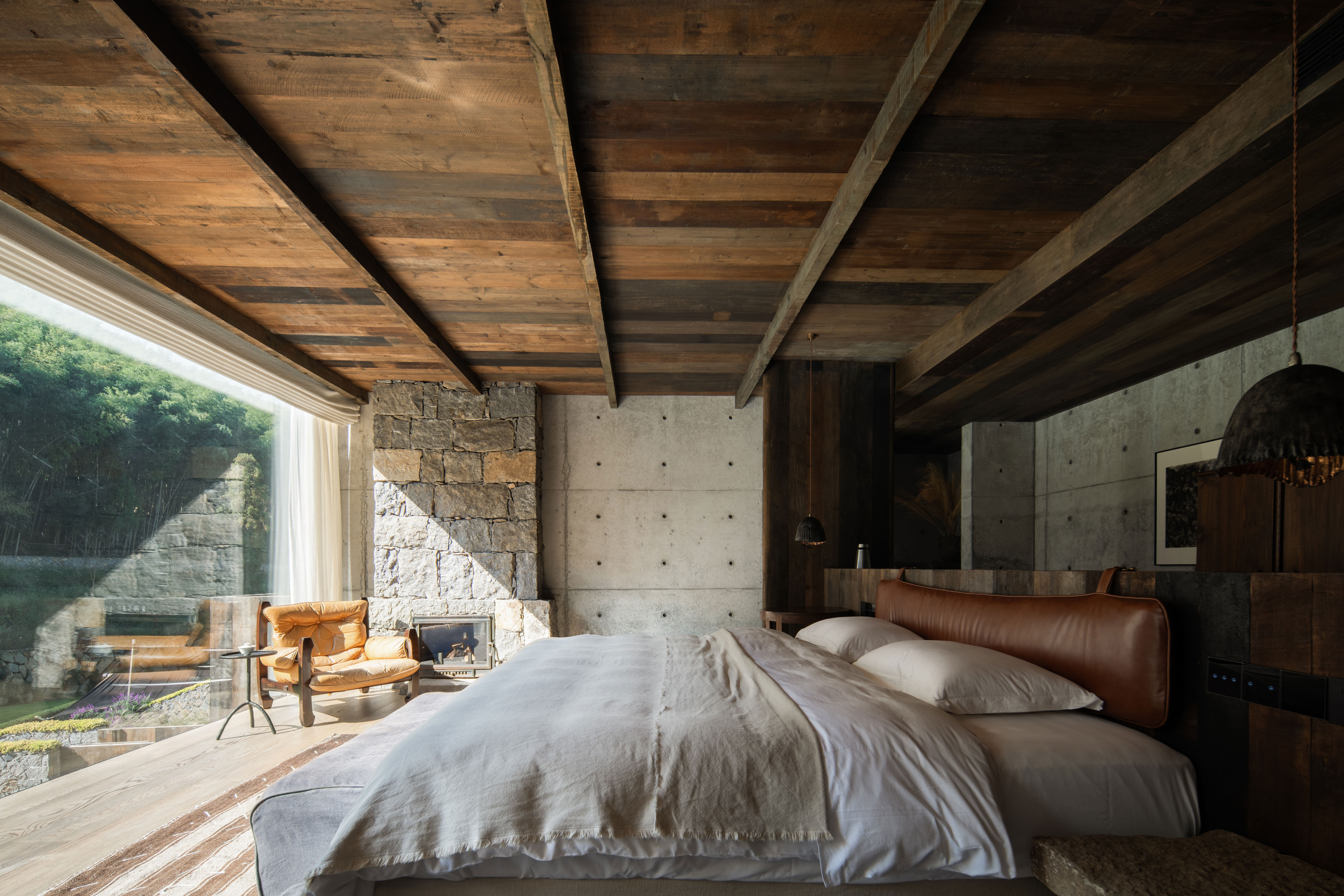 Murka Hotel is part of a rural revitalization initiative aimed at attracting urban citizens to the countryside and encouraging young locals to return and contribute to their hometown’s development. Nestled on a south-facing slope, the building complex features staggered blocks that blend seamlessly with the mountains. Using local rocks for the buildings and retaining walls creates a visually cohesive extension of the natural environment, paying homage to traditional culture and harmonizing with the village context.
Murka Hotel is part of a rural revitalization initiative aimed at attracting urban citizens to the countryside and encouraging young locals to return and contribute to their hometown’s development. Nestled on a south-facing slope, the building complex features staggered blocks that blend seamlessly with the mountains. Using local rocks for the buildings and retaining walls creates a visually cohesive extension of the natural environment, paying homage to traditional culture and harmonizing with the village context.
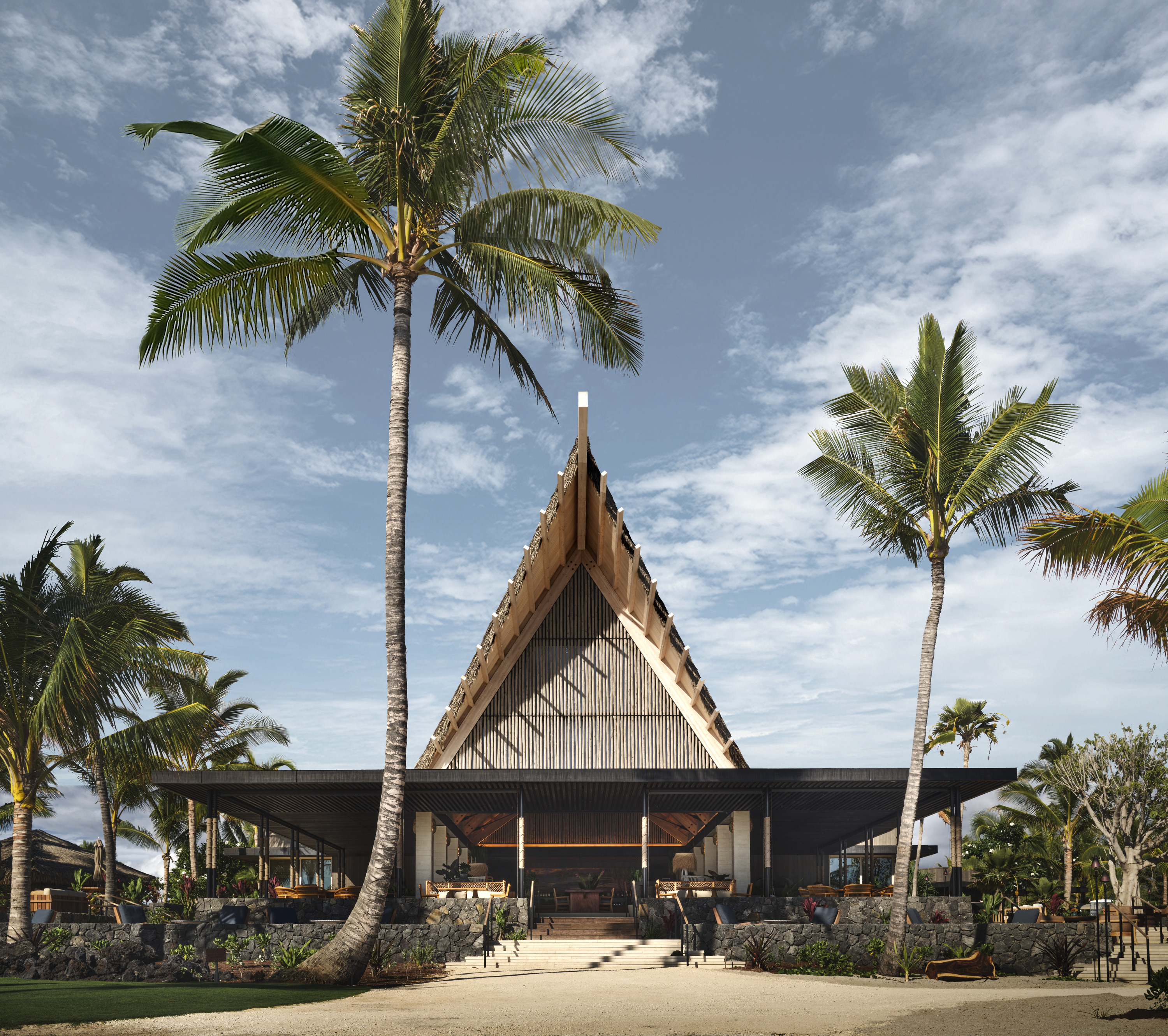
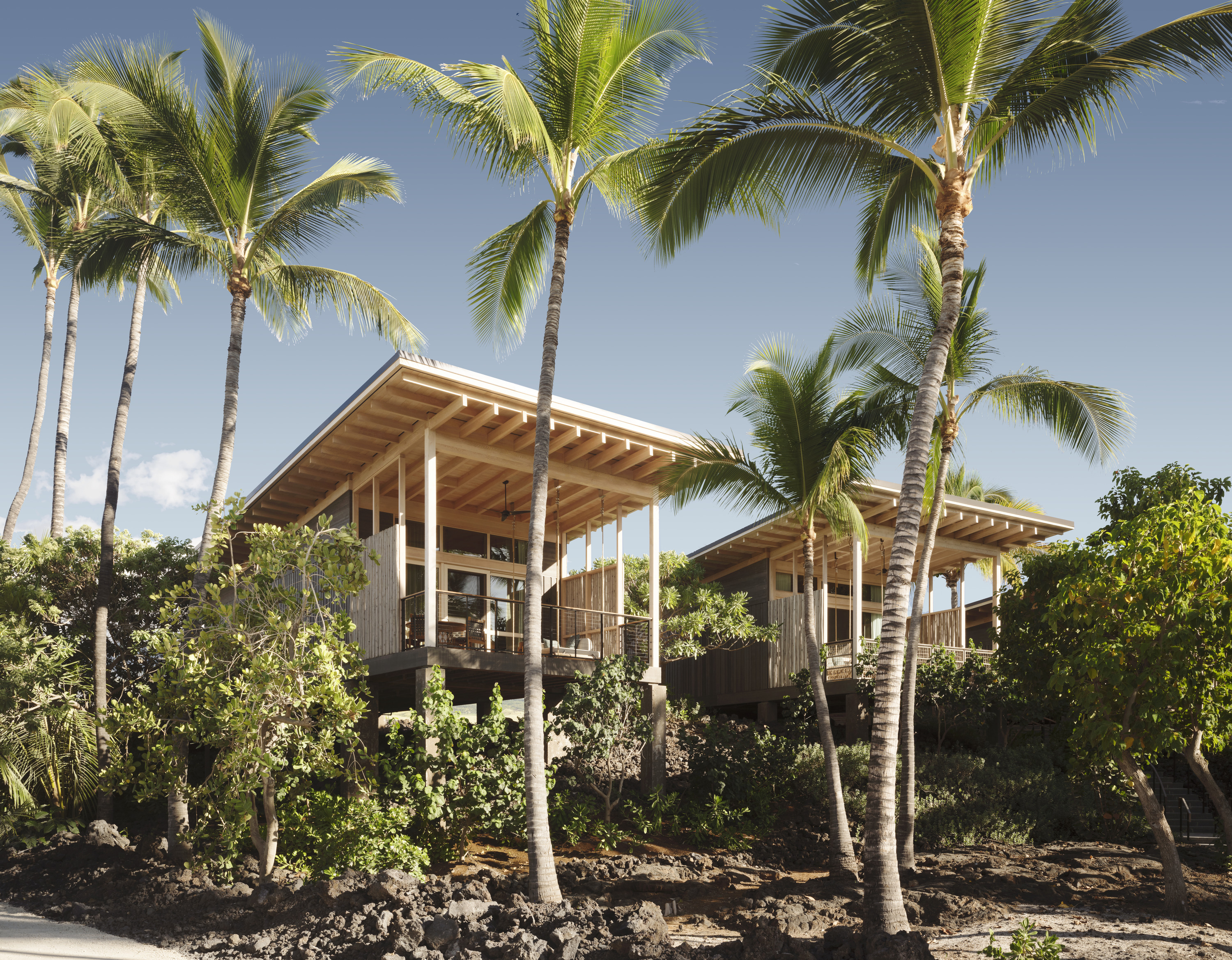 Situated on the island of Hawaii, Kona Village offers a truly unique Hawaiian experience rooted in centuries-old culture and tradition. This reimagined resort, spread over 81 acres, draws inspiration from the rich history and local sensibilities of the ancient Ka??p?lehu. Every aspect of the property has been designed to honor the essence of the original resort, showcasing a deep respect for the natural environment and cultural heritage.
Situated on the island of Hawaii, Kona Village offers a truly unique Hawaiian experience rooted in centuries-old culture and tradition. This reimagined resort, spread over 81 acres, draws inspiration from the rich history and local sensibilities of the ancient Ka??p?lehu. Every aspect of the property has been designed to honor the essence of the original resort, showcasing a deep respect for the natural environment and cultural heritage.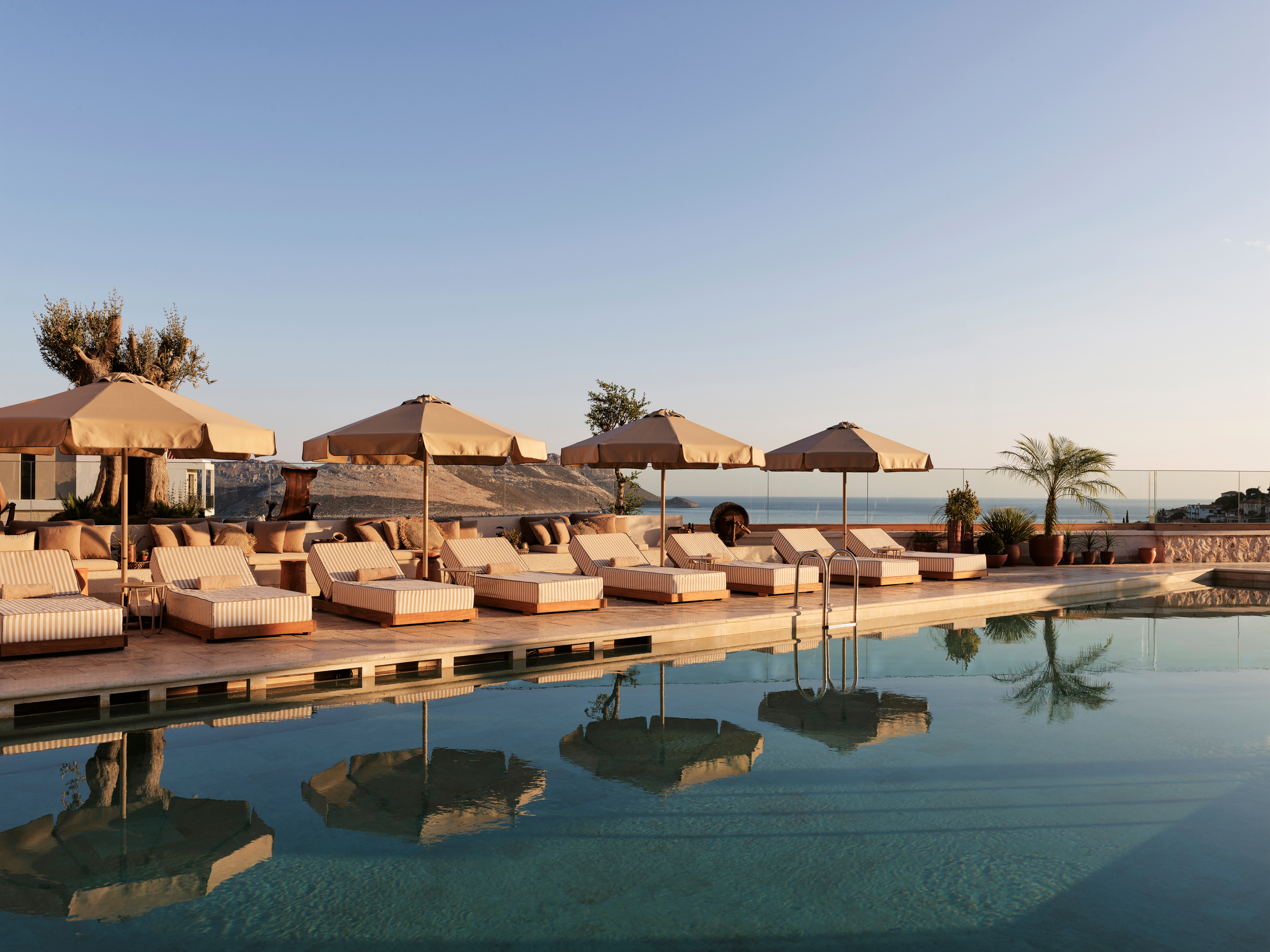
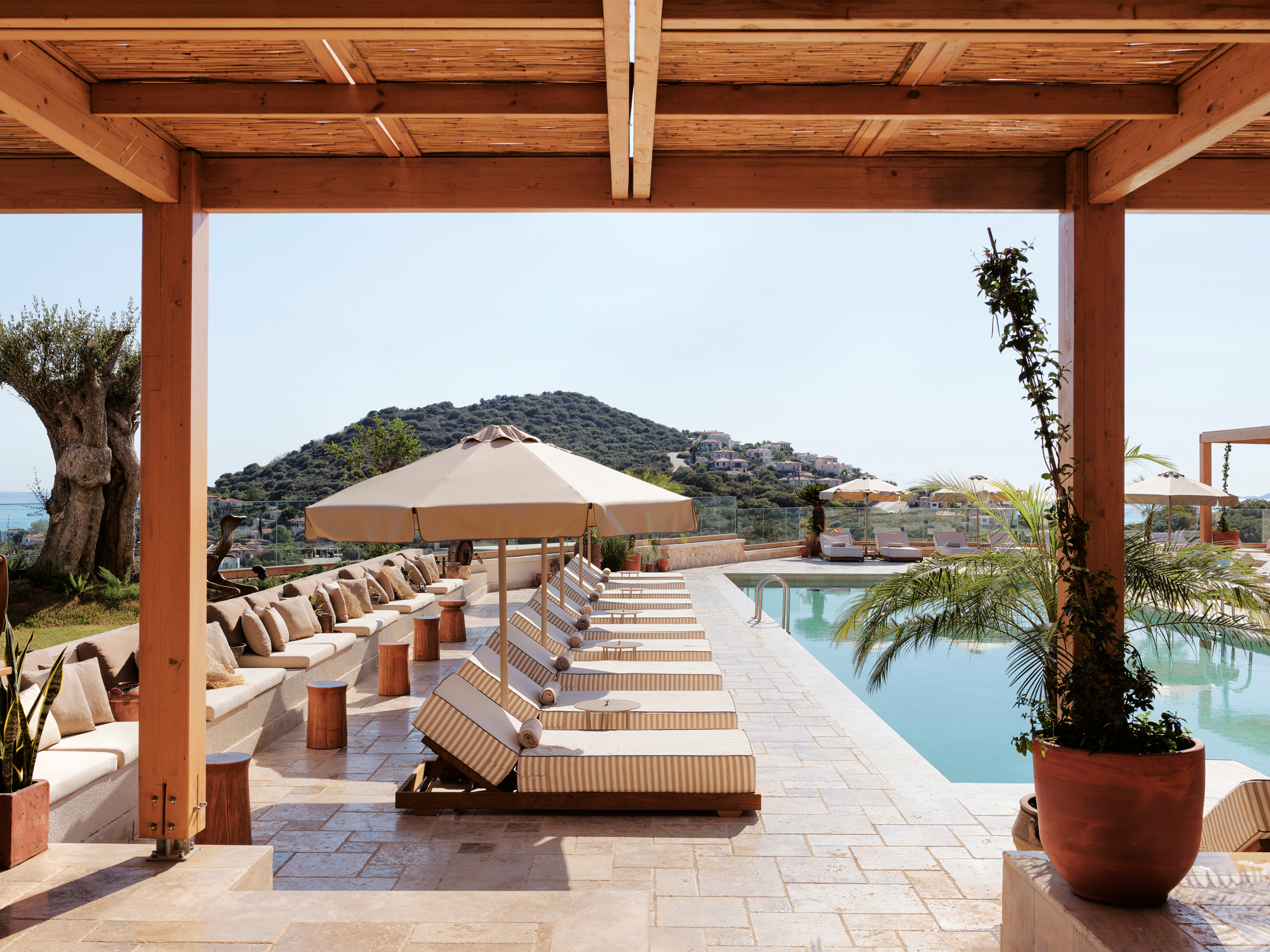 This Radisson Hotel project is tied to Ka?, a district of Antalya known for its turquoise sea, natural beauty and historical ruins. The design began with an analysis of the region’s topographic and cultural areas. Inspired by ancient Lycian granaries and the monumental architecture of Antiphellos, the design incorporates natural stone façade cladding, traditional tiles and wooden joinery. The goal was to offer a lodging experience that feels private and comfortable, akin to the comfort of one’s home, while providing beautiful social opportunities in common areas without losing touch with greenery, nature and simplicity.
This Radisson Hotel project is tied to Ka?, a district of Antalya known for its turquoise sea, natural beauty and historical ruins. The design began with an analysis of the region’s topographic and cultural areas. Inspired by ancient Lycian granaries and the monumental architecture of Antiphellos, the design incorporates natural stone façade cladding, traditional tiles and wooden joinery. The goal was to offer a lodging experience that feels private and comfortable, akin to the comfort of one’s home, while providing beautiful social opportunities in common areas without losing touch with greenery, nature and simplicity.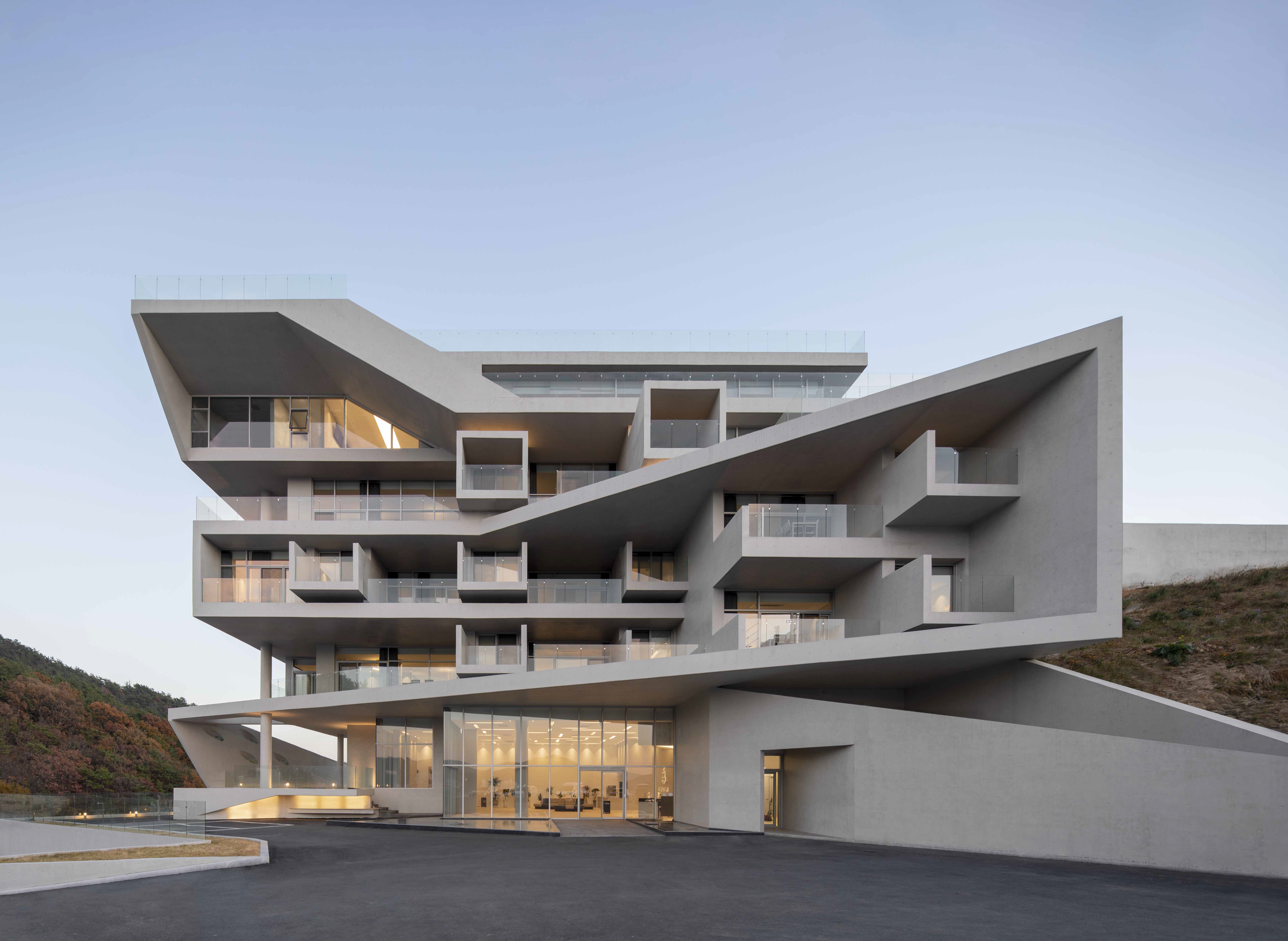
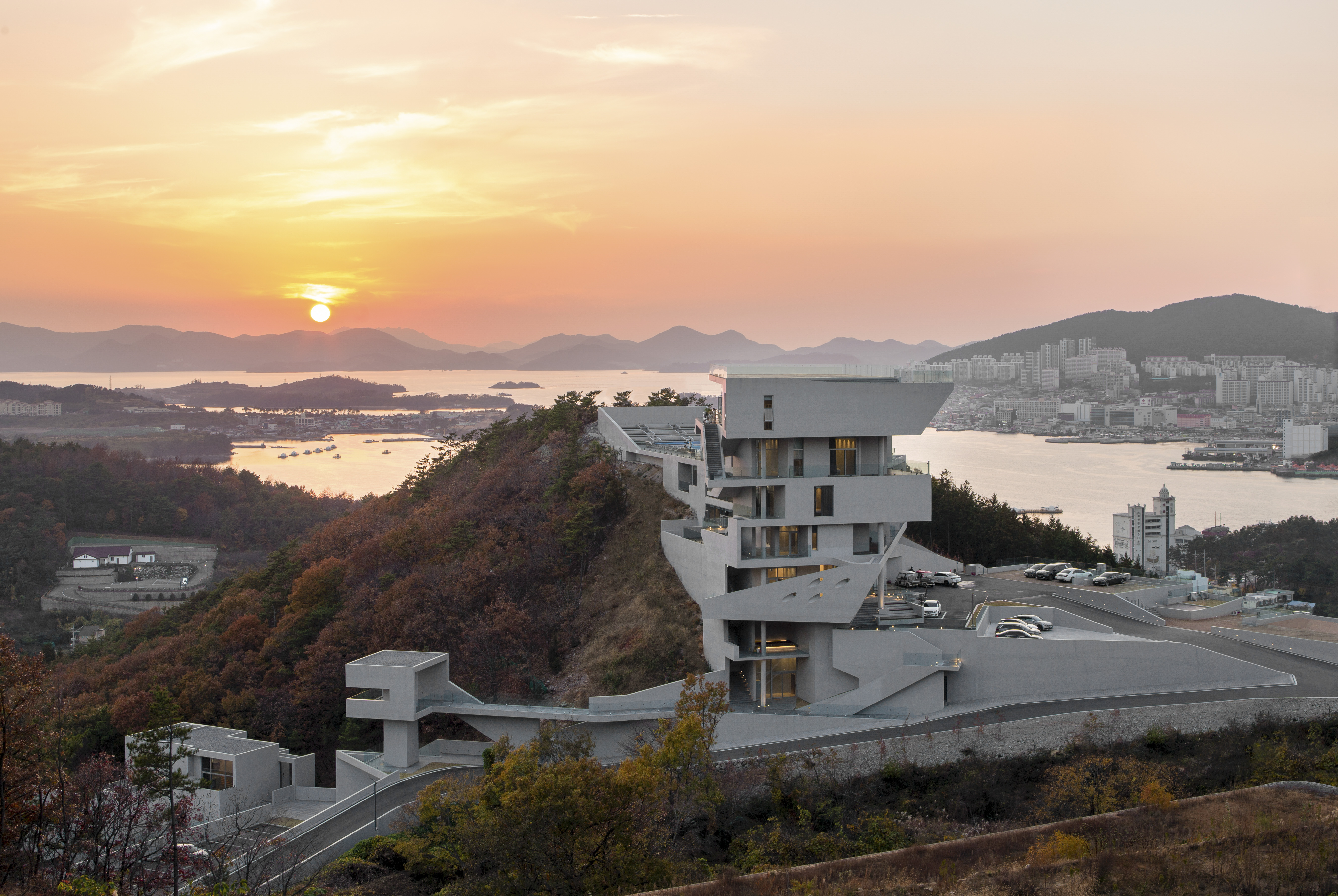
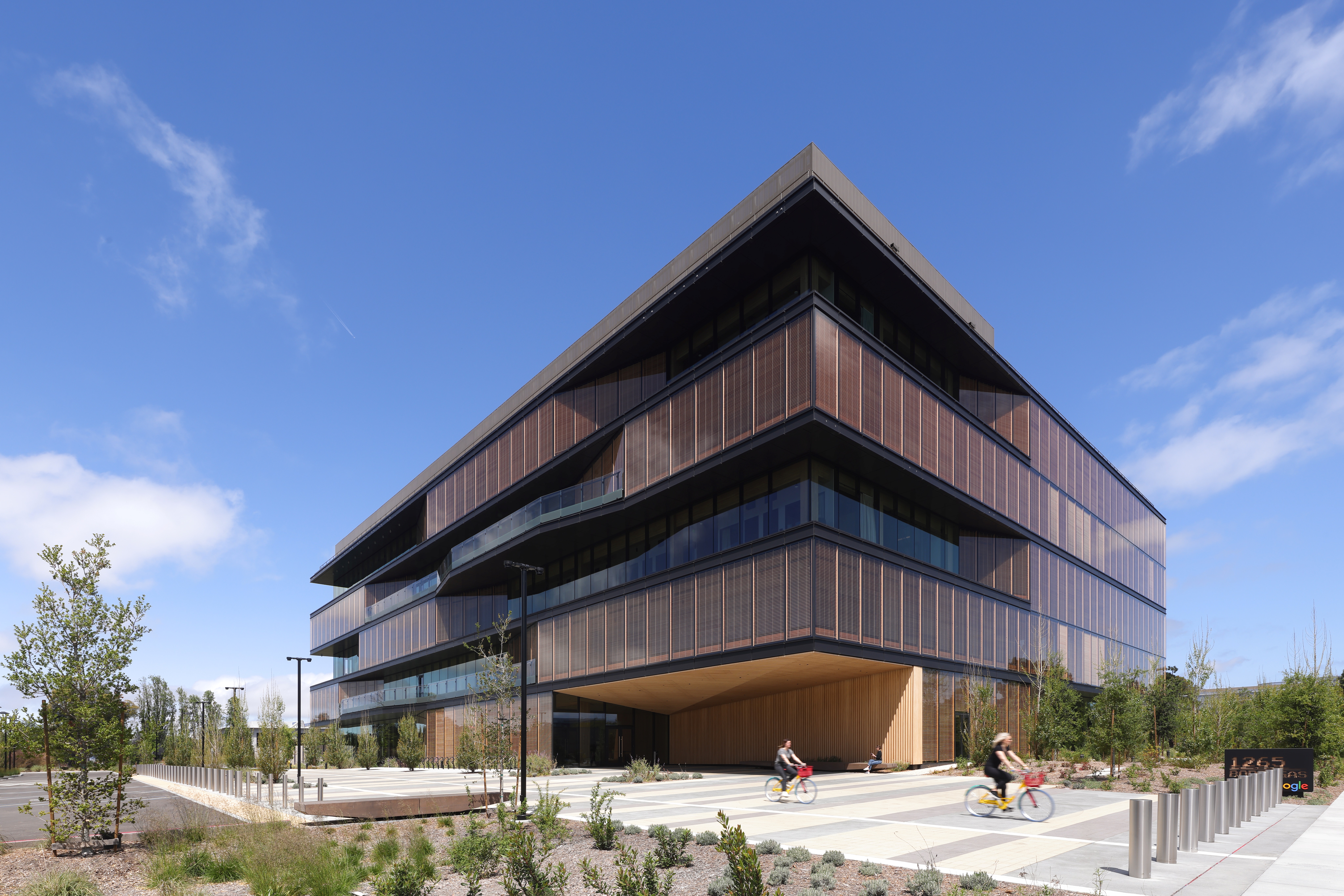


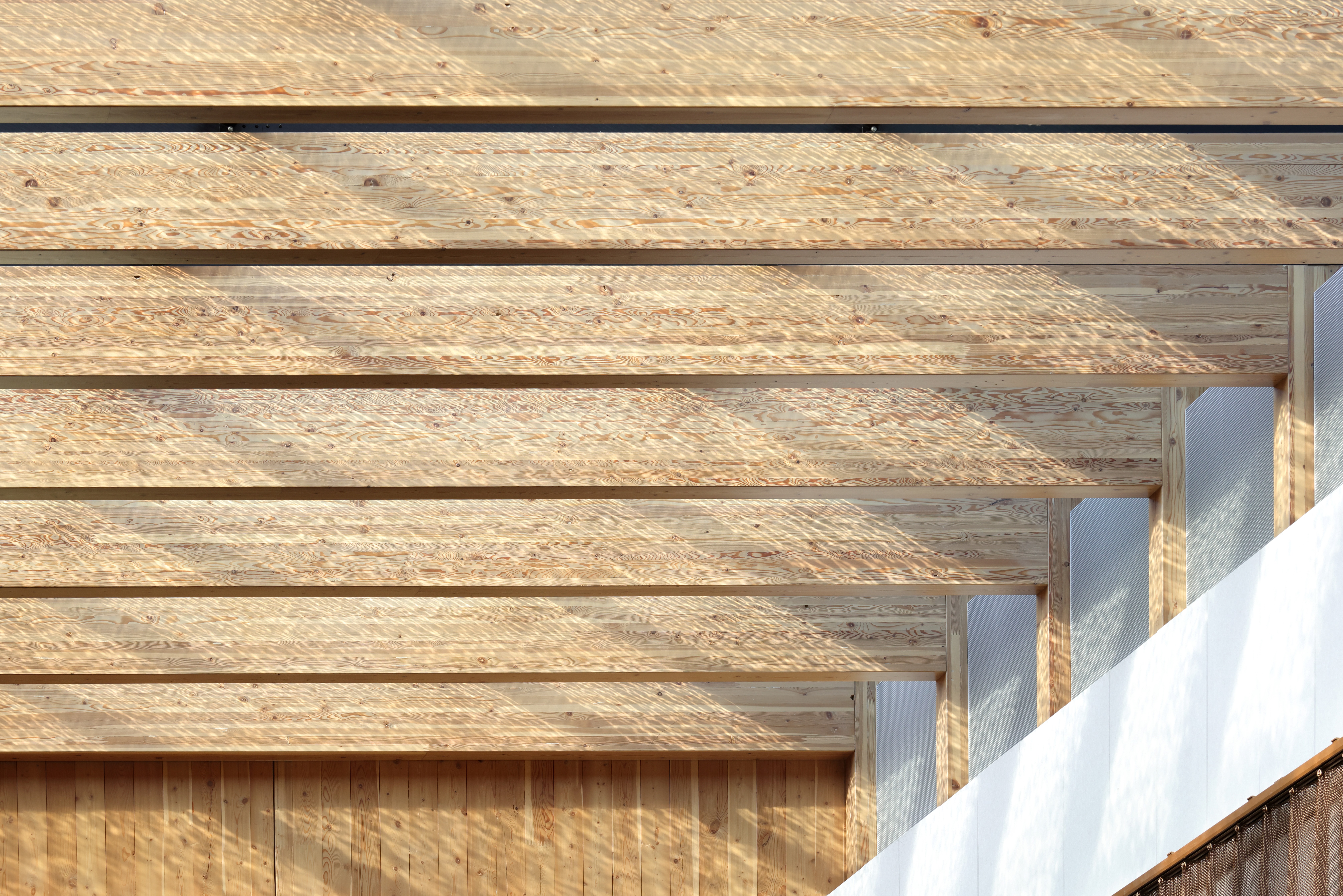
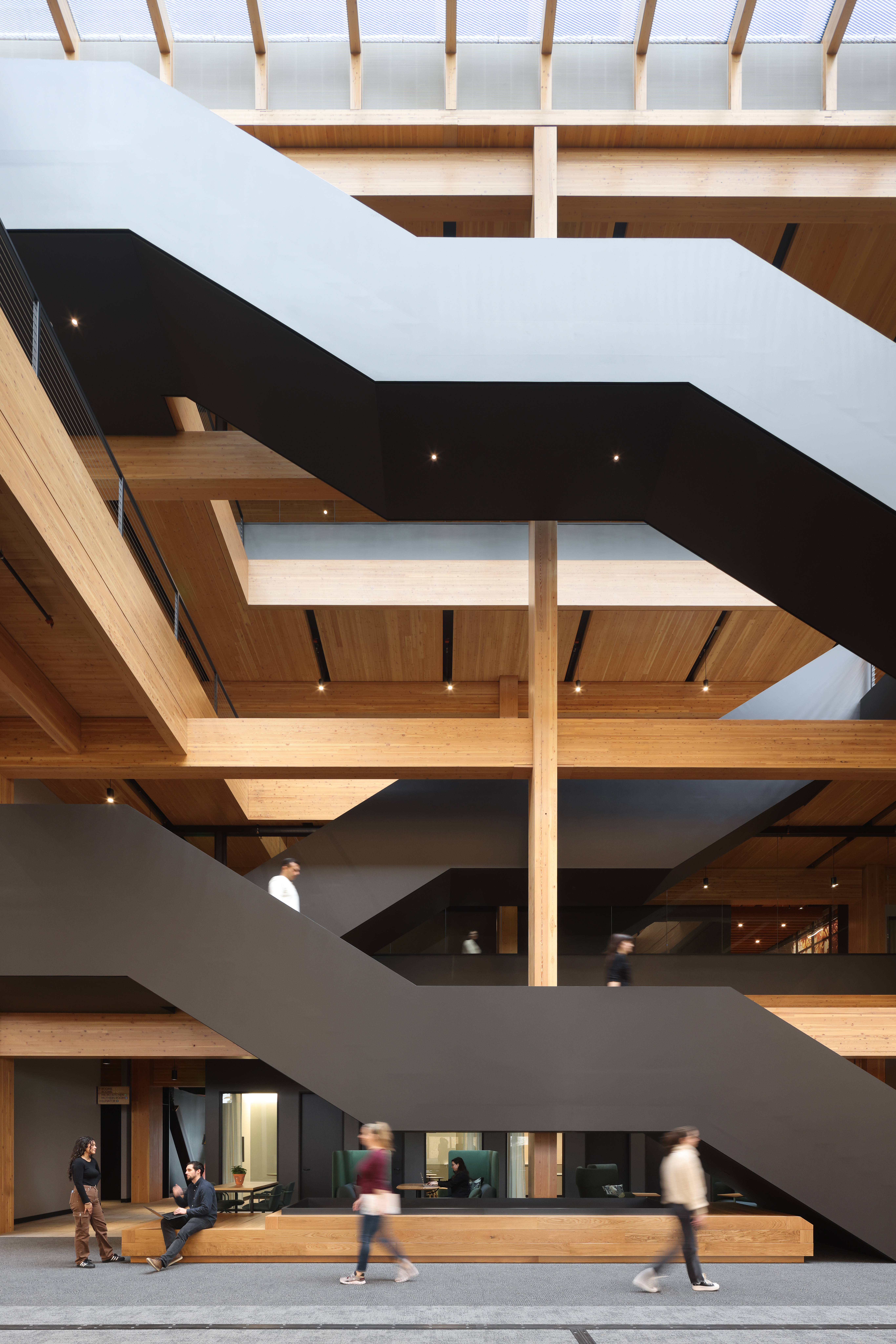

















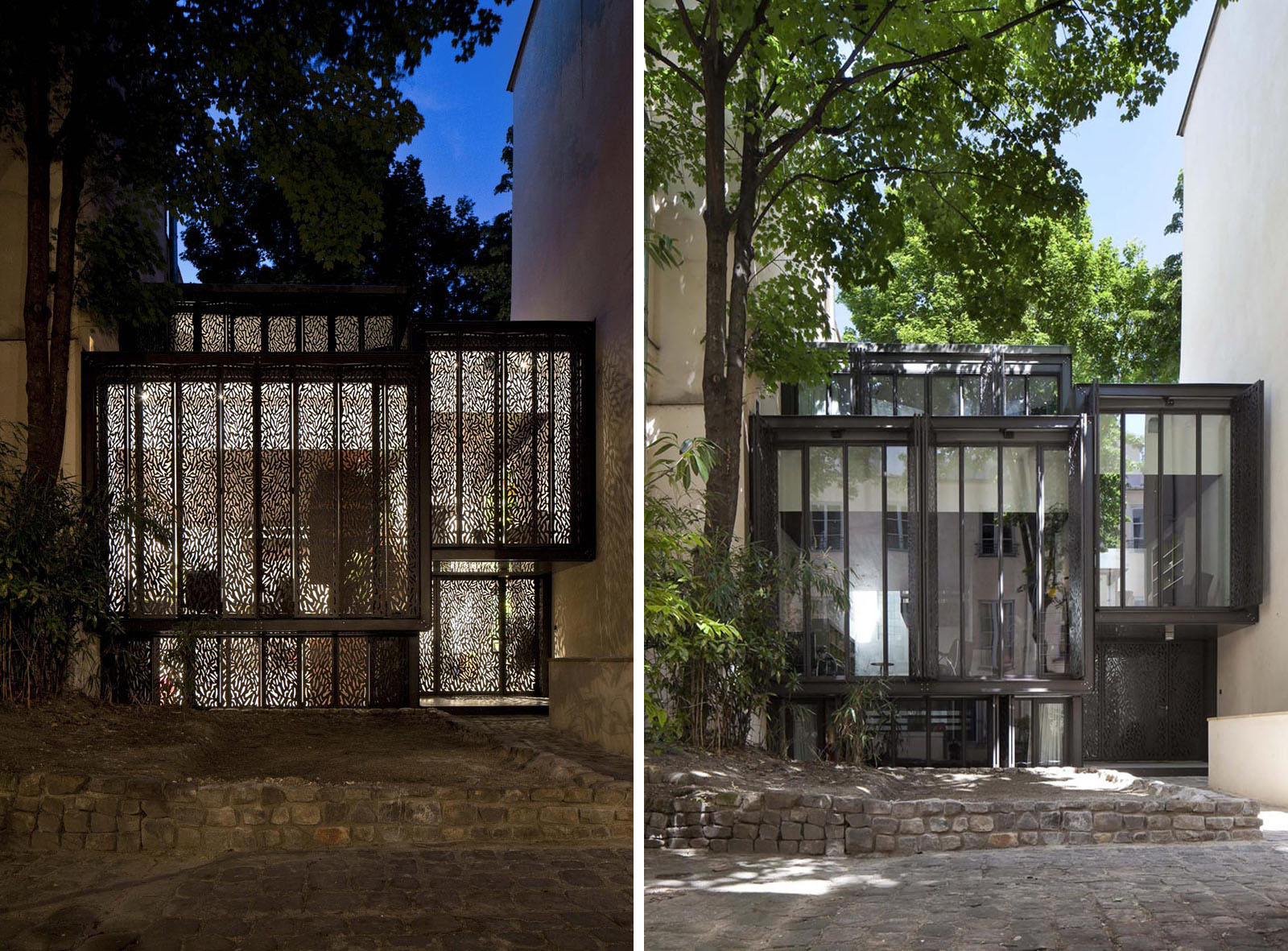 Born on October 15, 1957 in Katanga (ex-Belgian Congo) to an architect father. Family origins in Rhodes and Salonika. First architectural memories of the family home in Elisabethville, designed by Julian Elliott in 1957 and published in Udo Kultermann’s “New Architecture in Africa”. Studied architecture and art history under Roland Schweitzer, Yves Lion and Alain Pélissier at the Ecole d’Architecture de Paris-Tolbiac and Daniel Arasse at the Université Paris I Sorbonne. DPLG in 1993, founded Moussafir Architectes the same year, after 10 years of training and practice with Christian Hauvette, Henri Gaudin, Dominique Perrault and Francis Soler. First interior design projects (Apostrophe and IGAS headquarters, administrative departments of the Conseil d’Etat), then participation in numerous cultural competitions, alone or in association.
Born on October 15, 1957 in Katanga (ex-Belgian Congo) to an architect father. Family origins in Rhodes and Salonika. First architectural memories of the family home in Elisabethville, designed by Julian Elliott in 1957 and published in Udo Kultermann’s “New Architecture in Africa”. Studied architecture and art history under Roland Schweitzer, Yves Lion and Alain Pélissier at the Ecole d’Architecture de Paris-Tolbiac and Daniel Arasse at the Université Paris I Sorbonne. DPLG in 1993, founded Moussafir Architectes the same year, after 10 years of training and practice with Christian Hauvette, Henri Gaudin, Dominique Perrault and Francis Soler. First interior design projects (Apostrophe and IGAS headquarters, administrative departments of the Conseil d’Etat), then participation in numerous cultural competitions, alone or in association.





